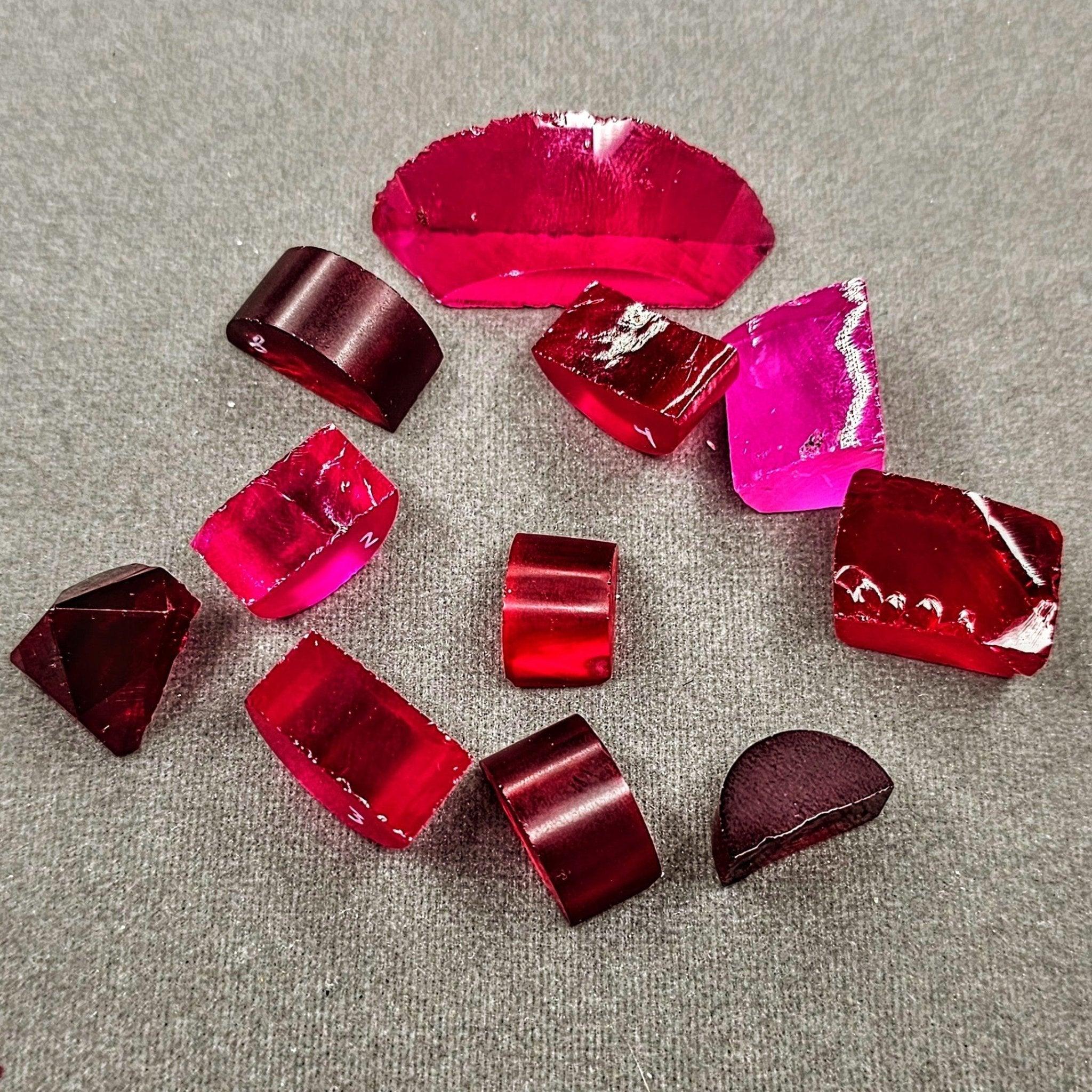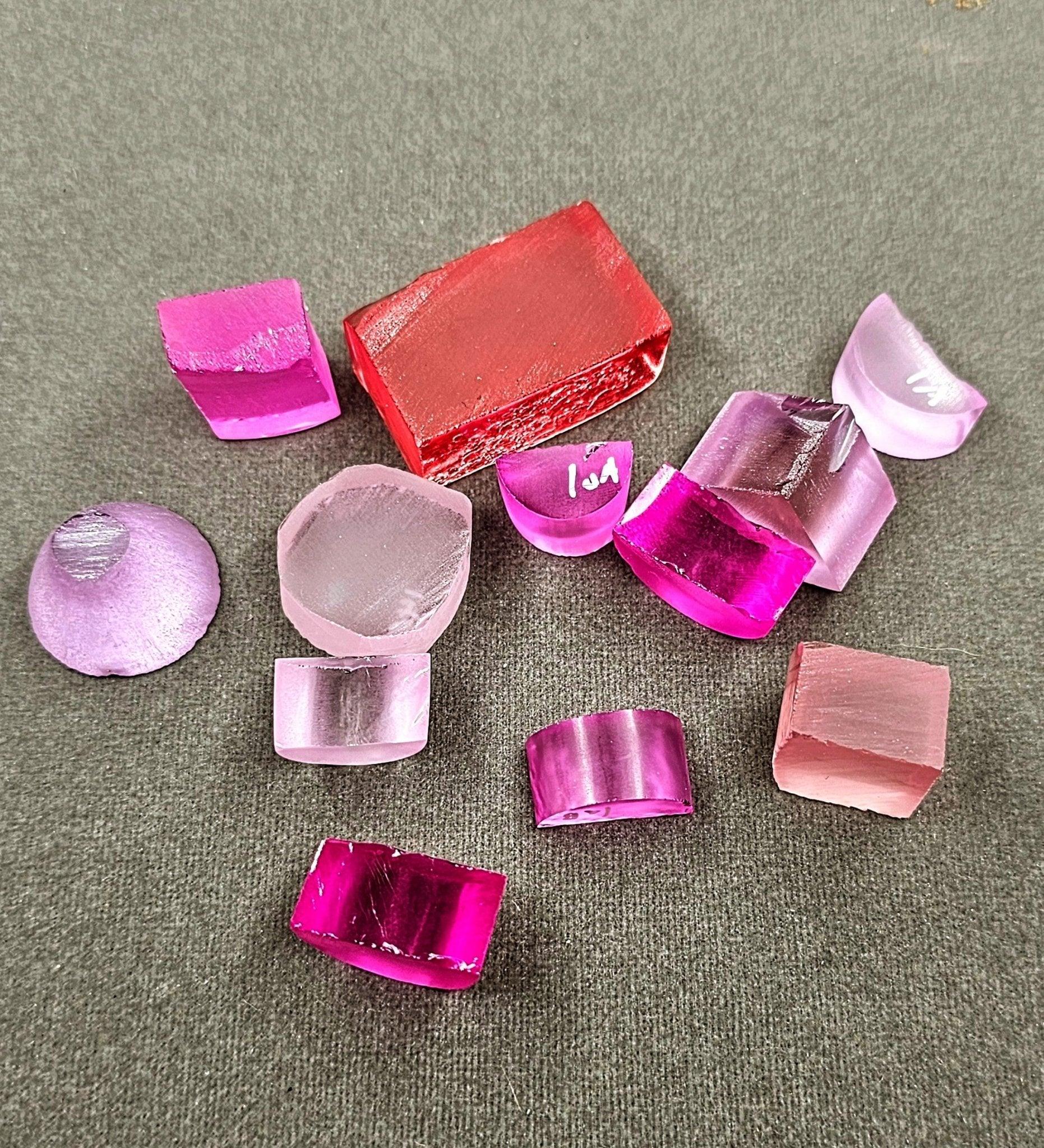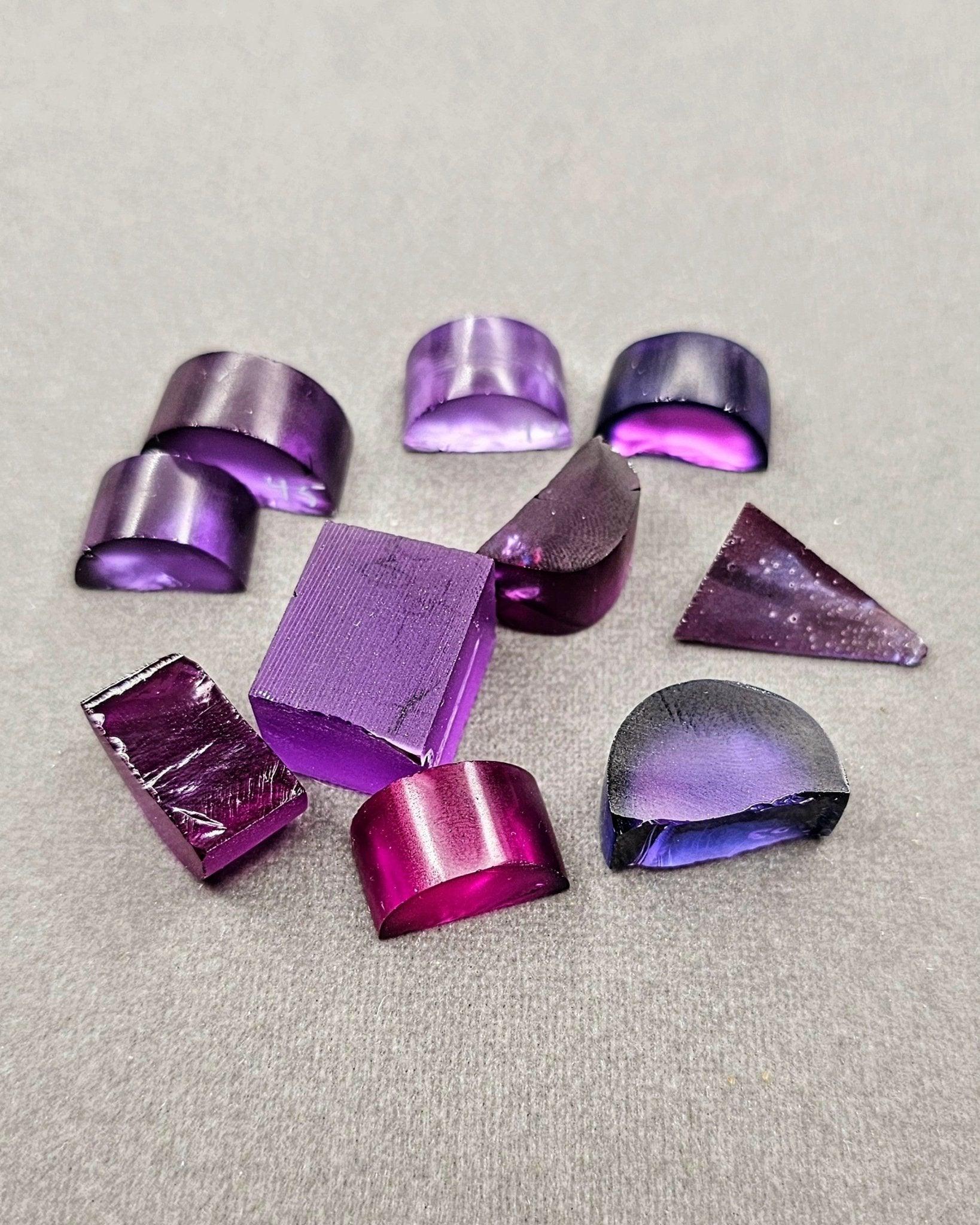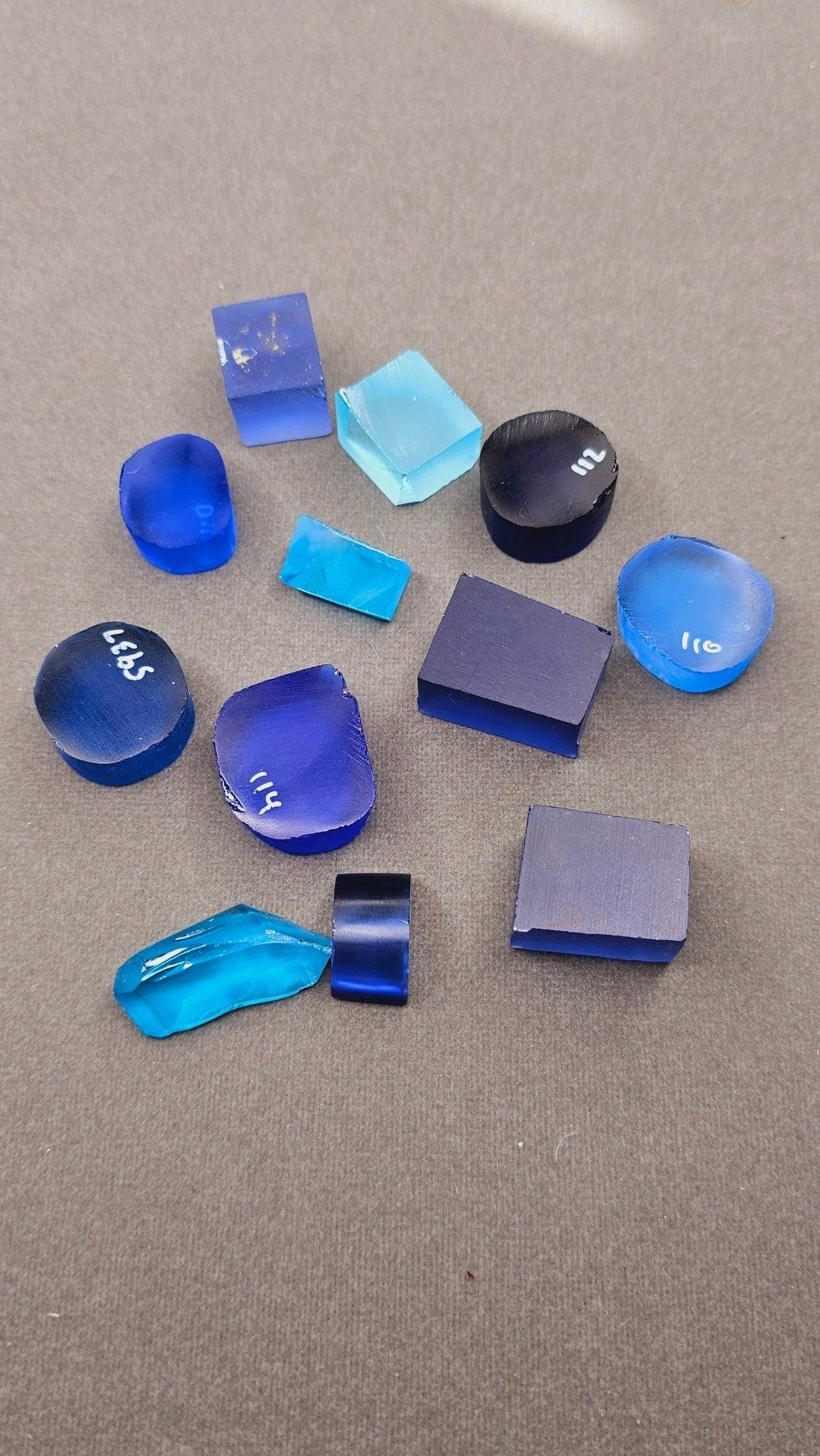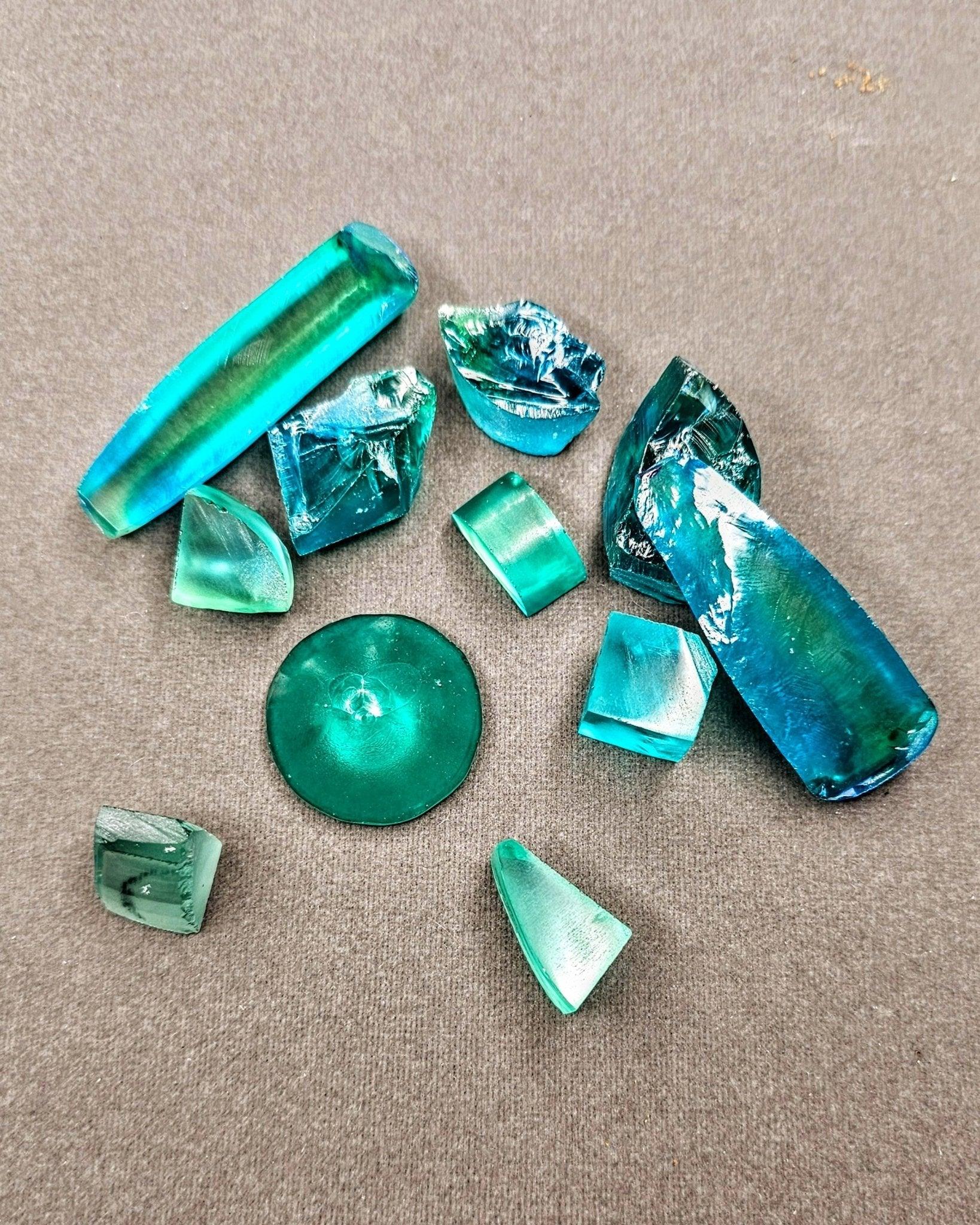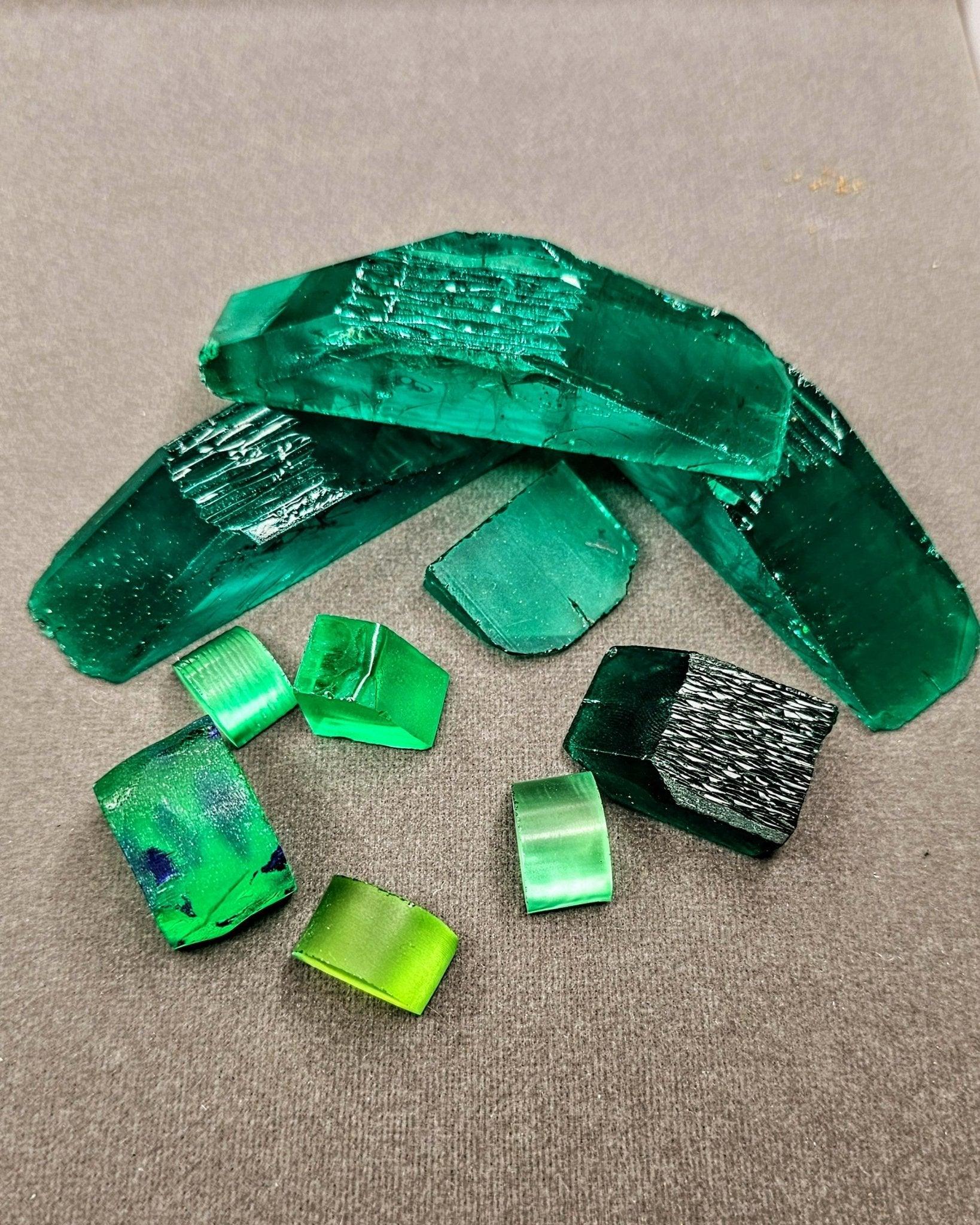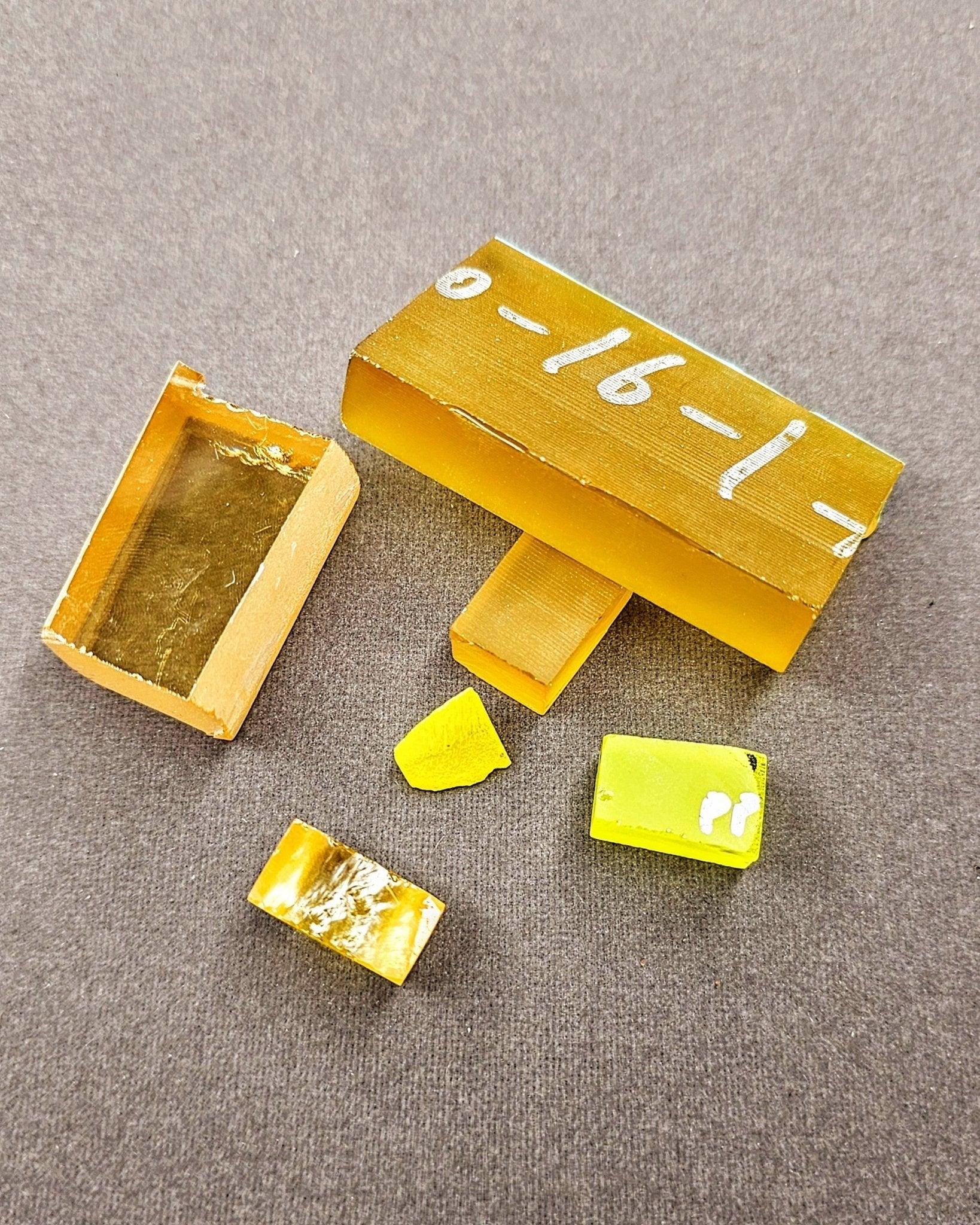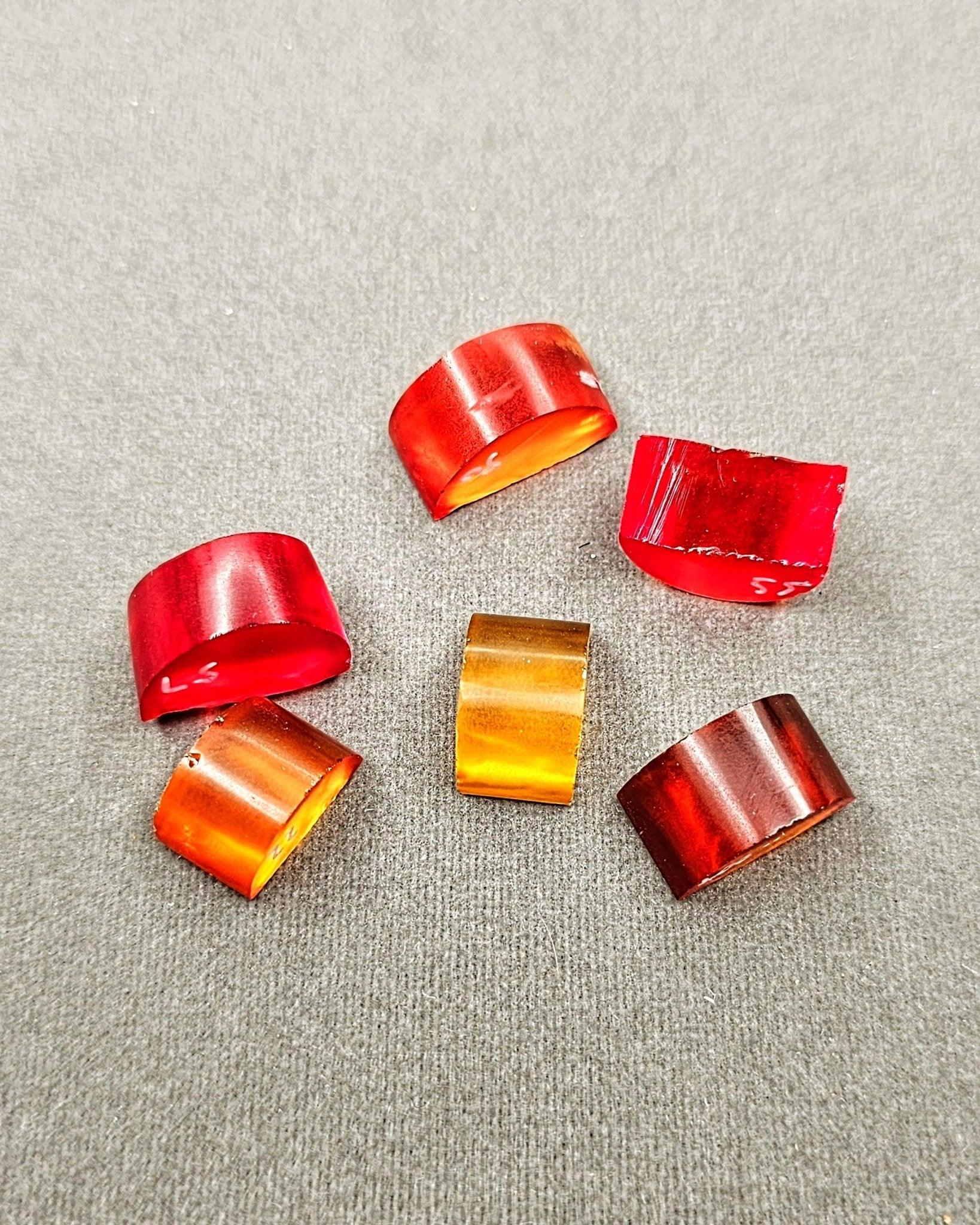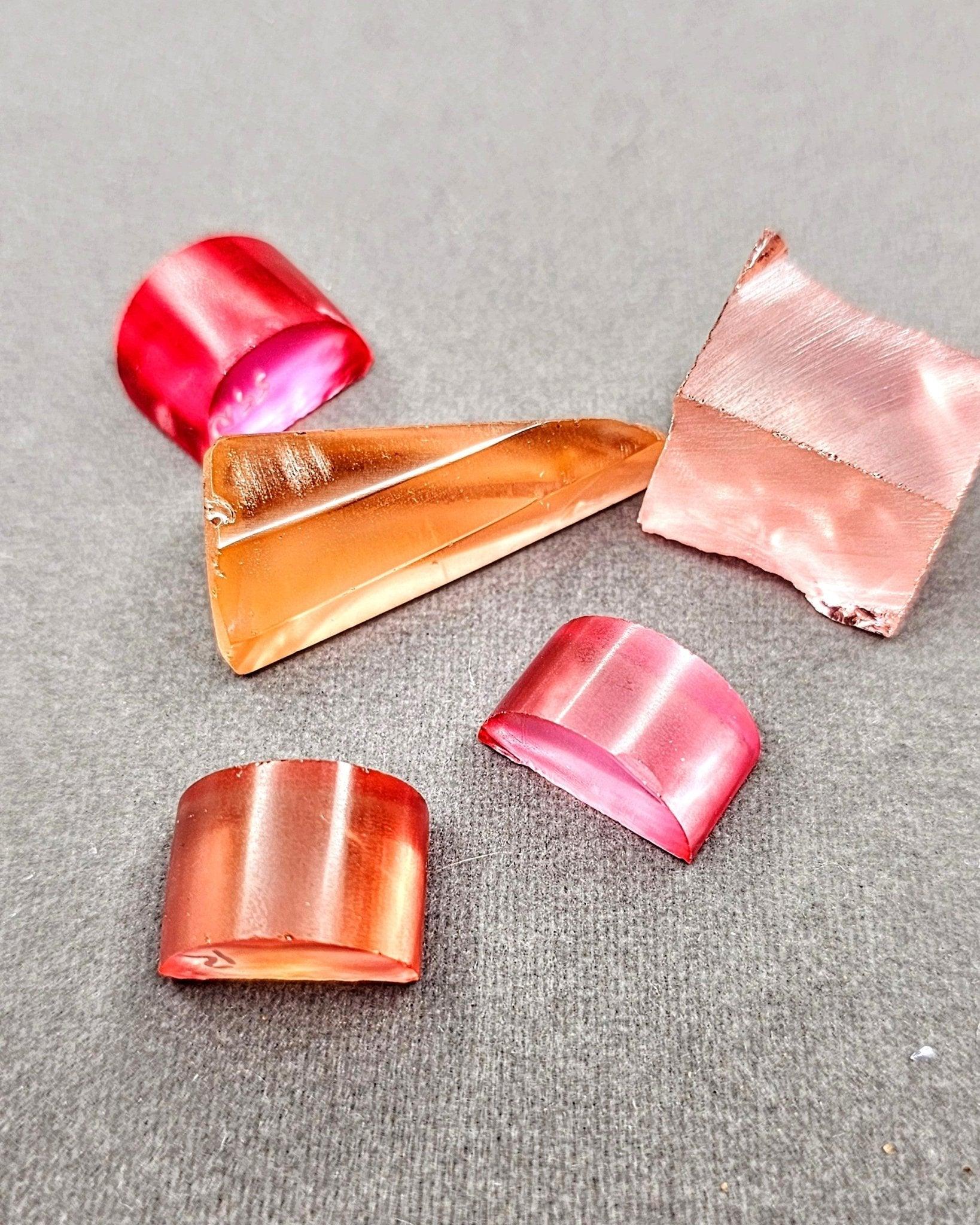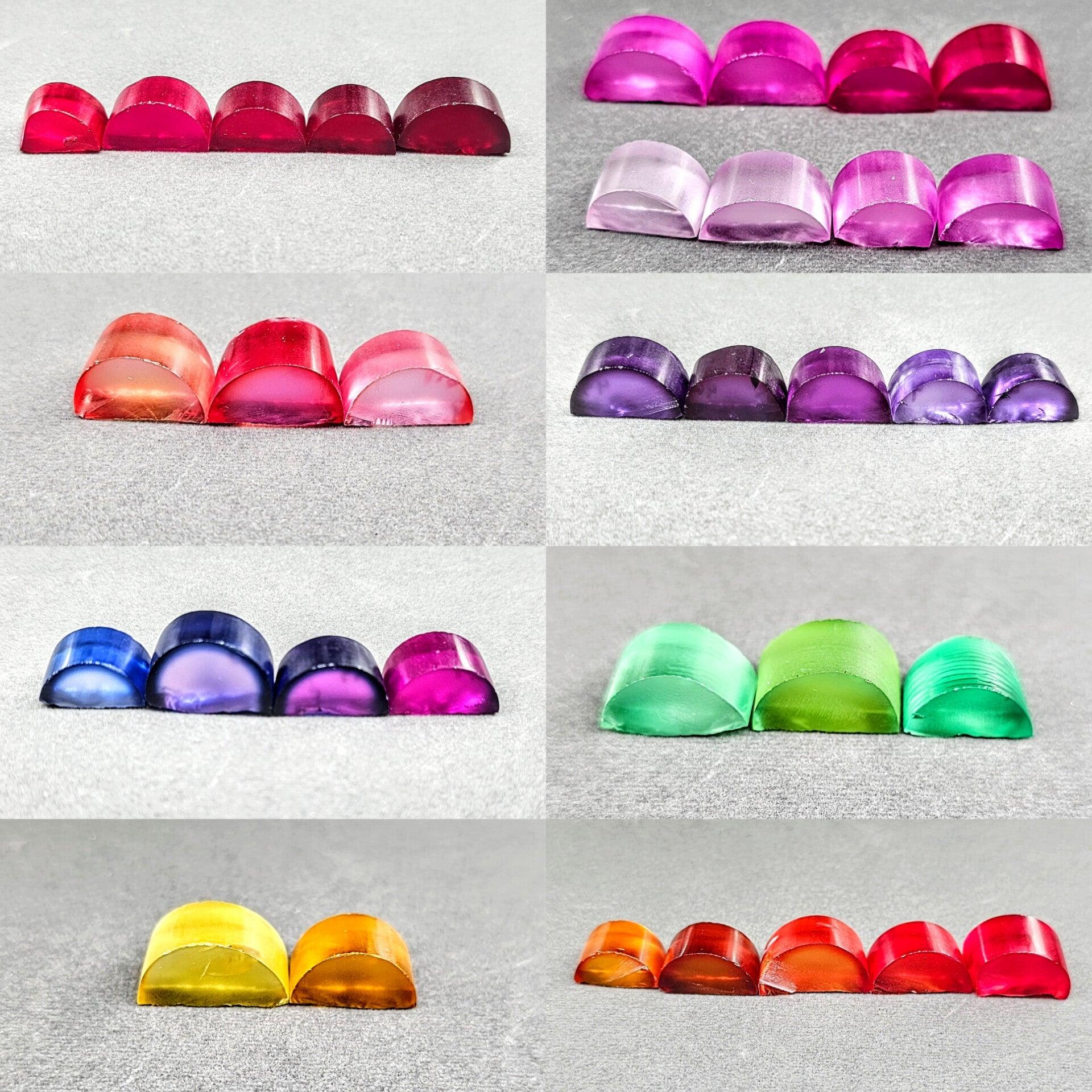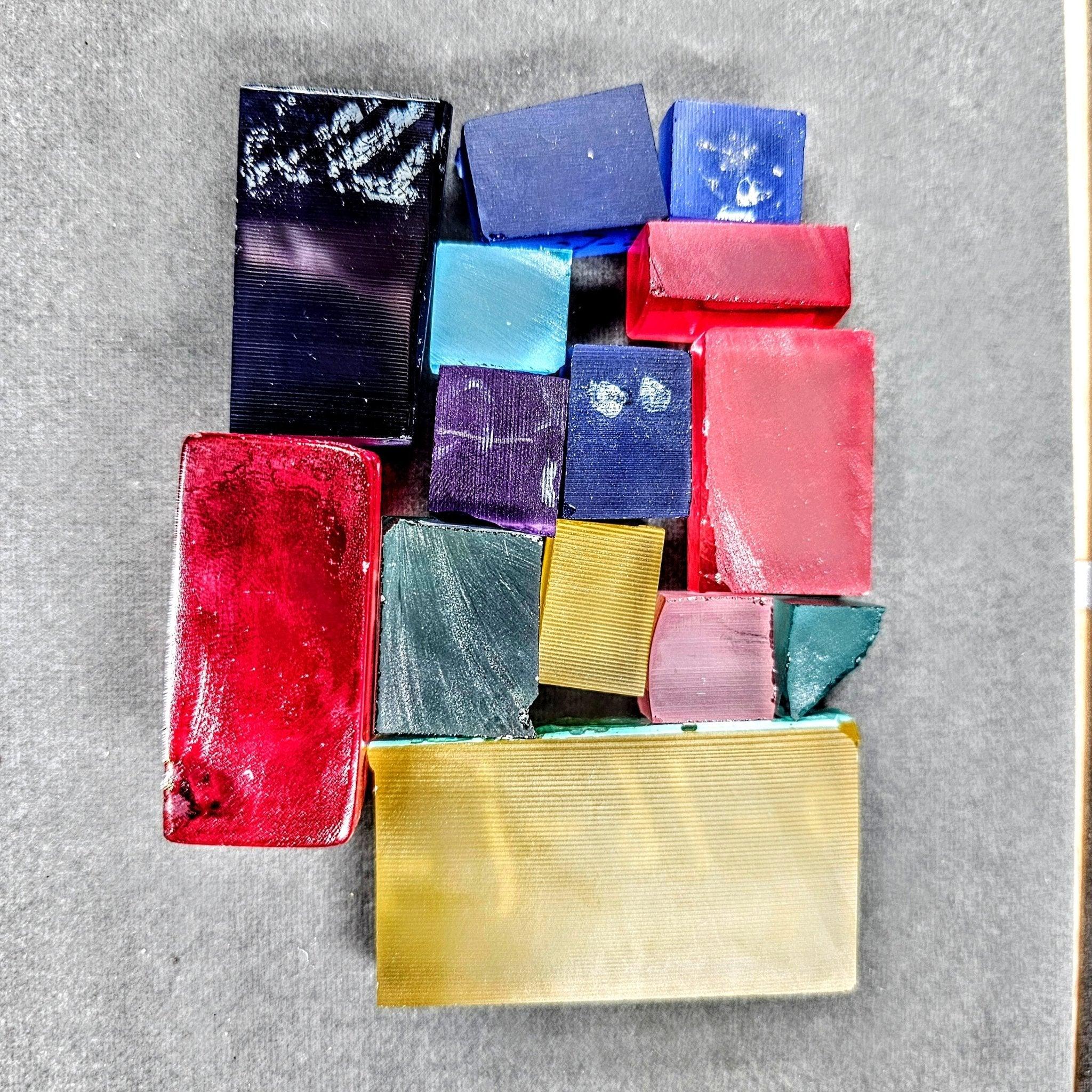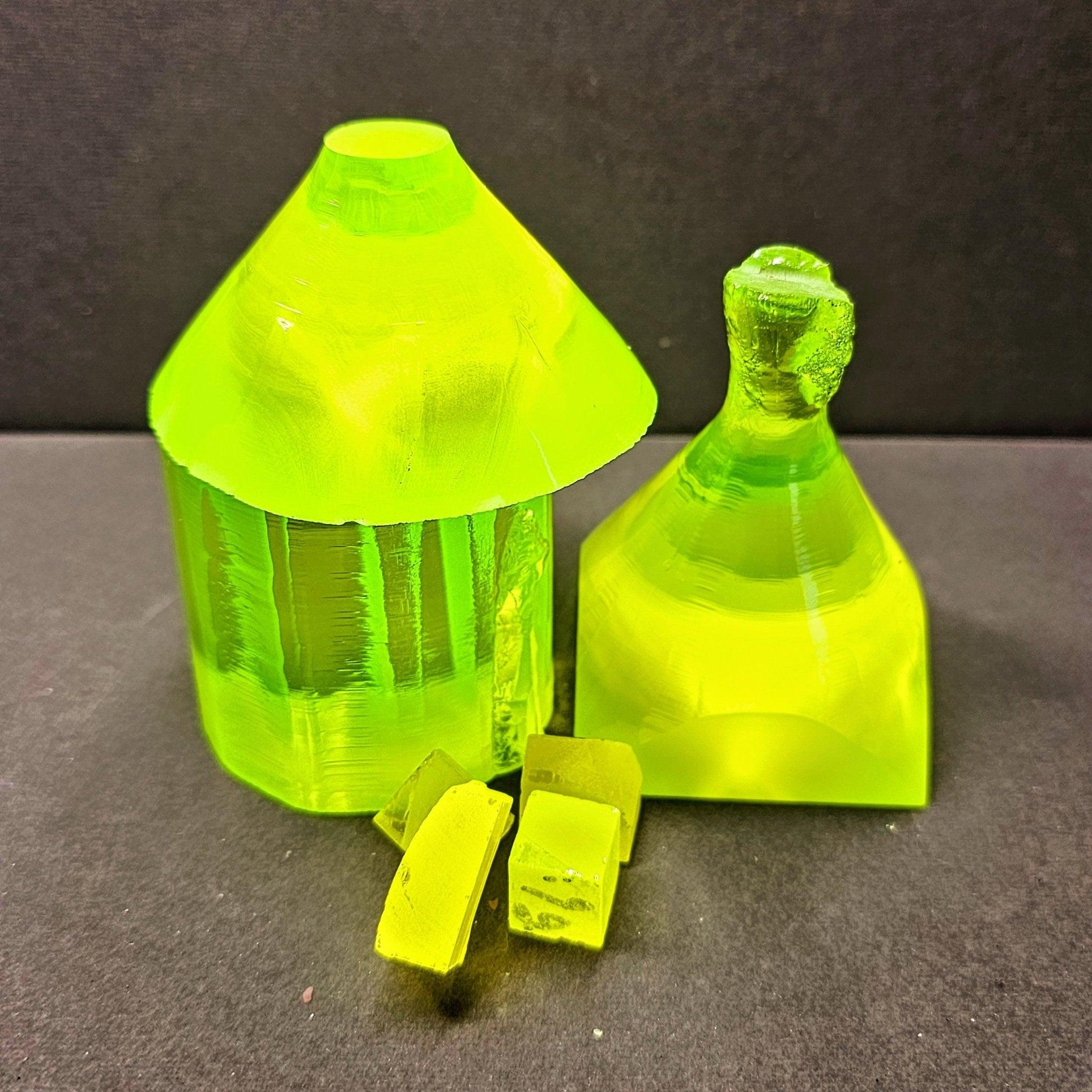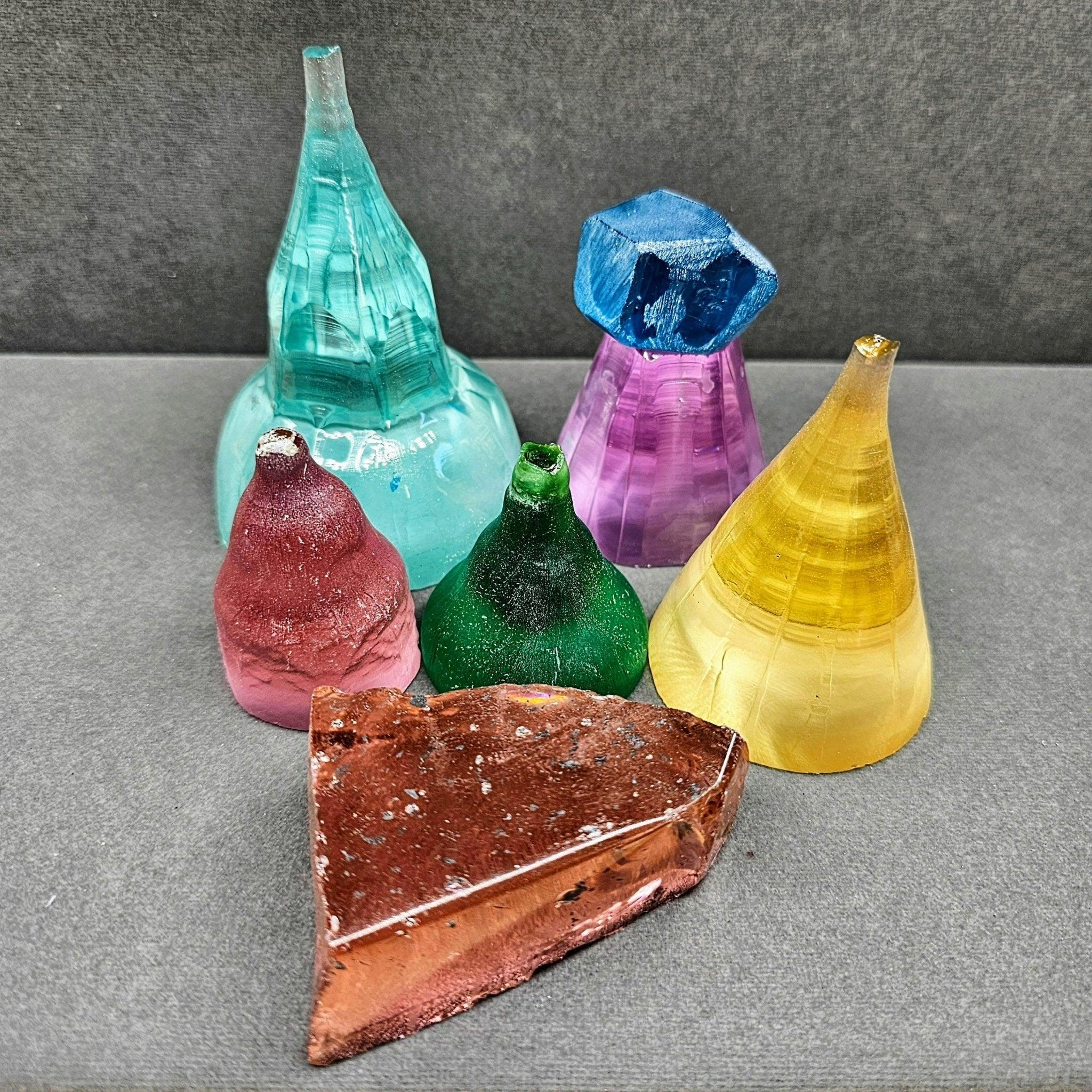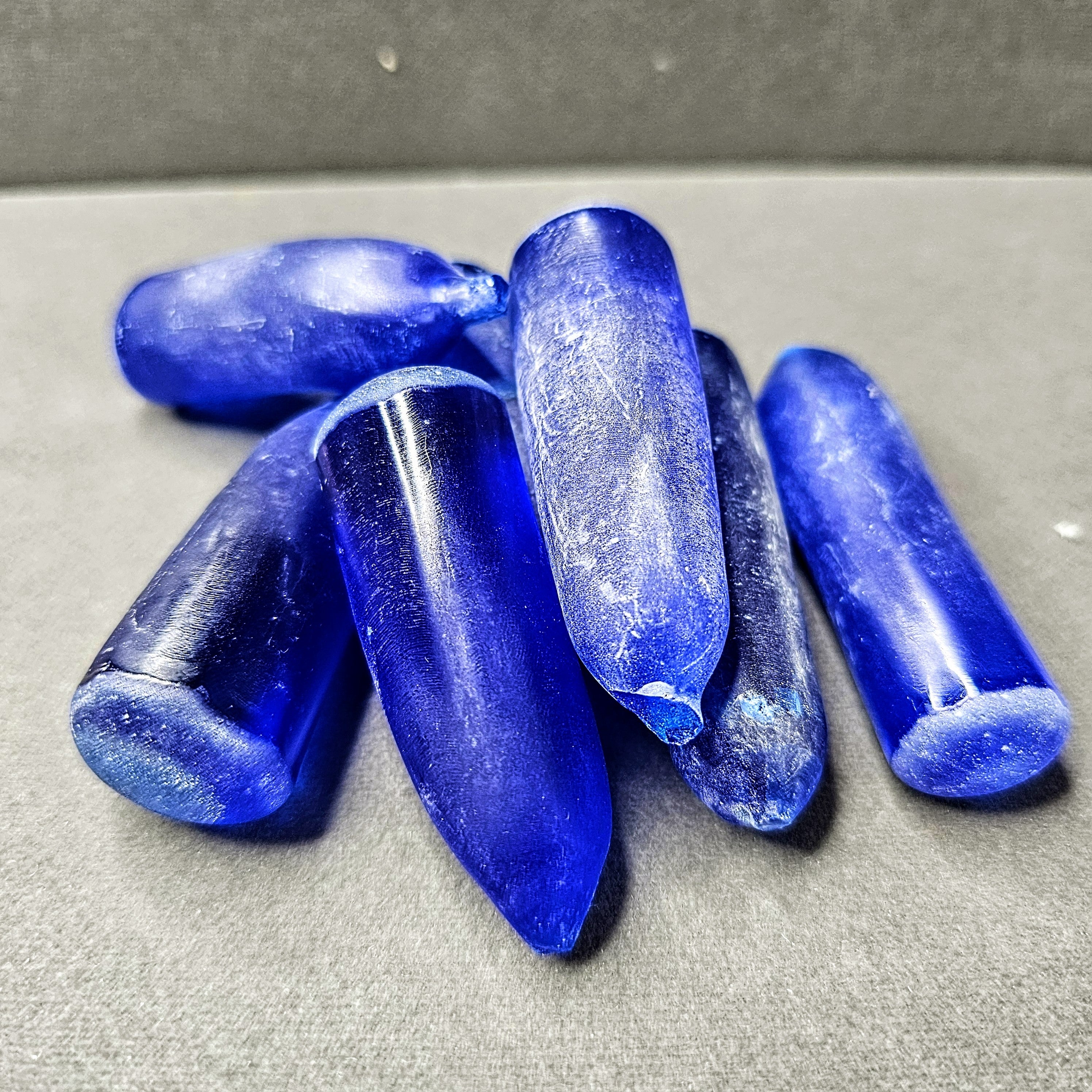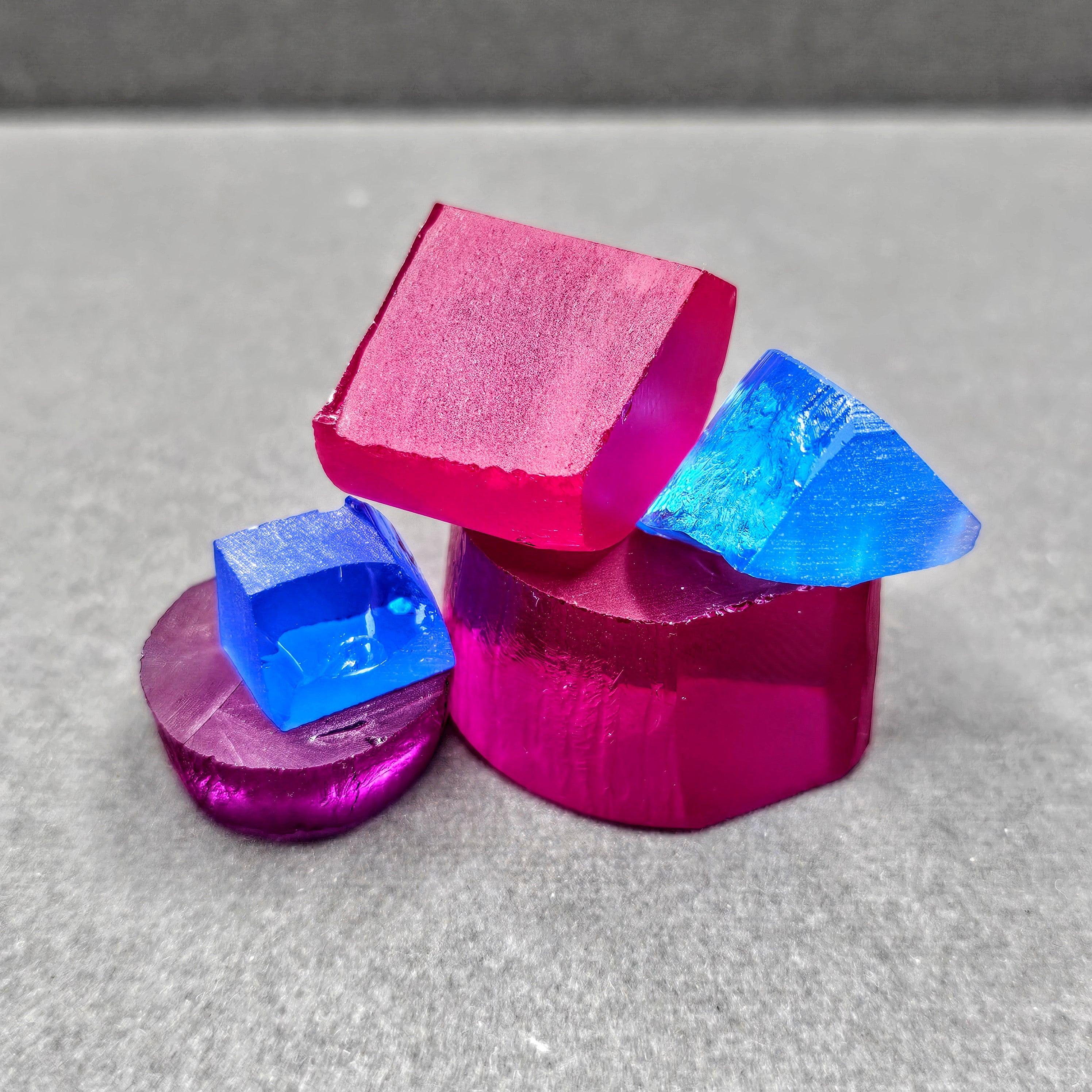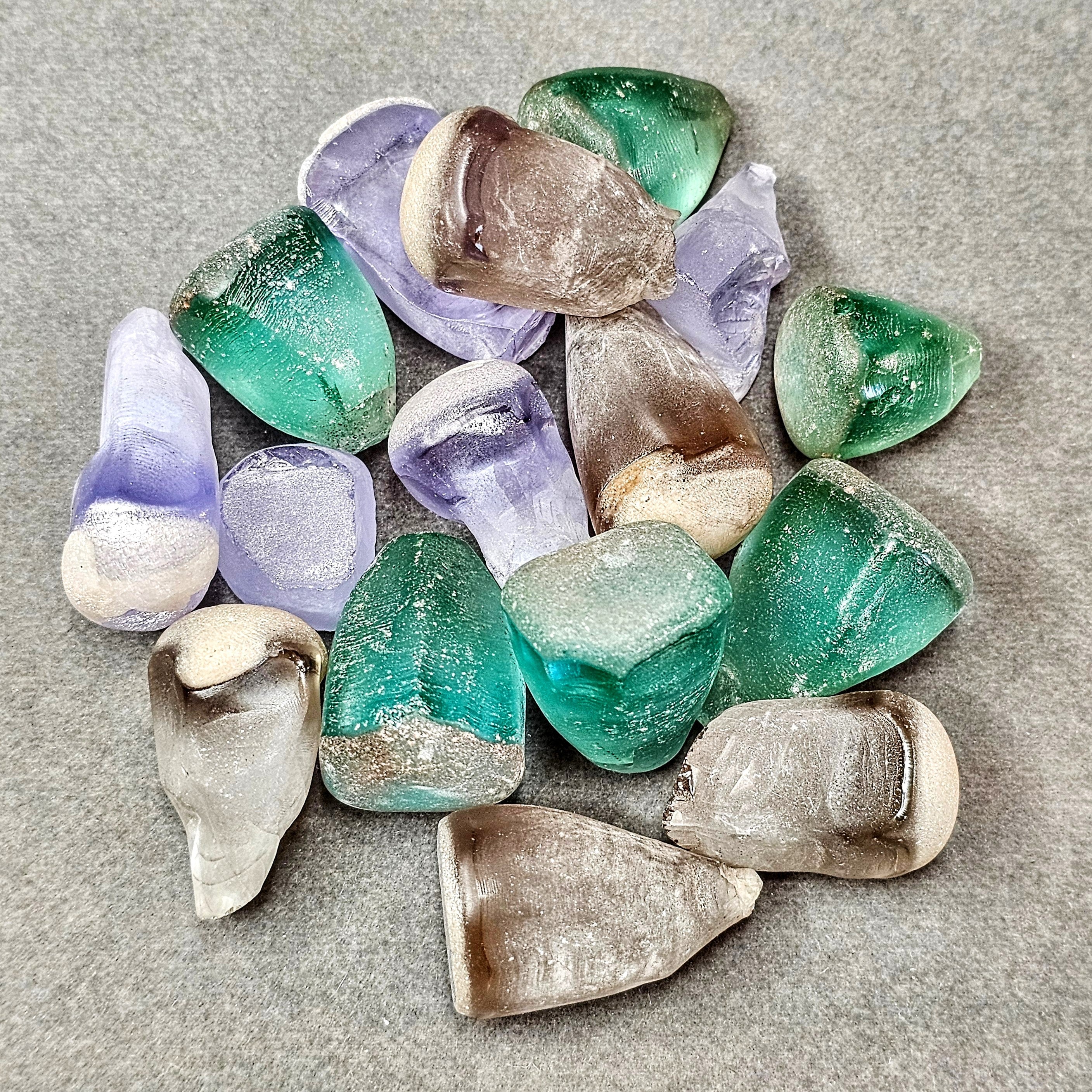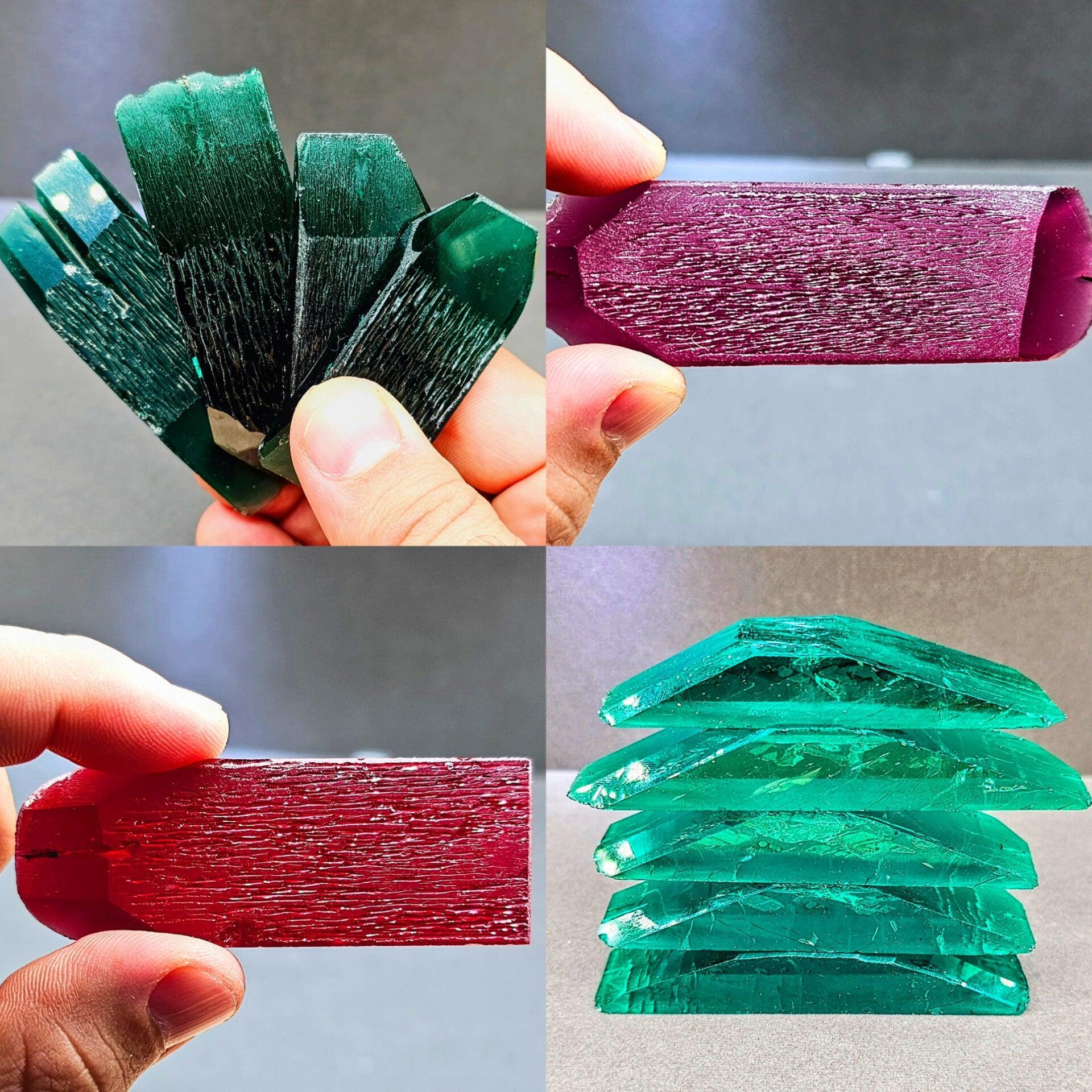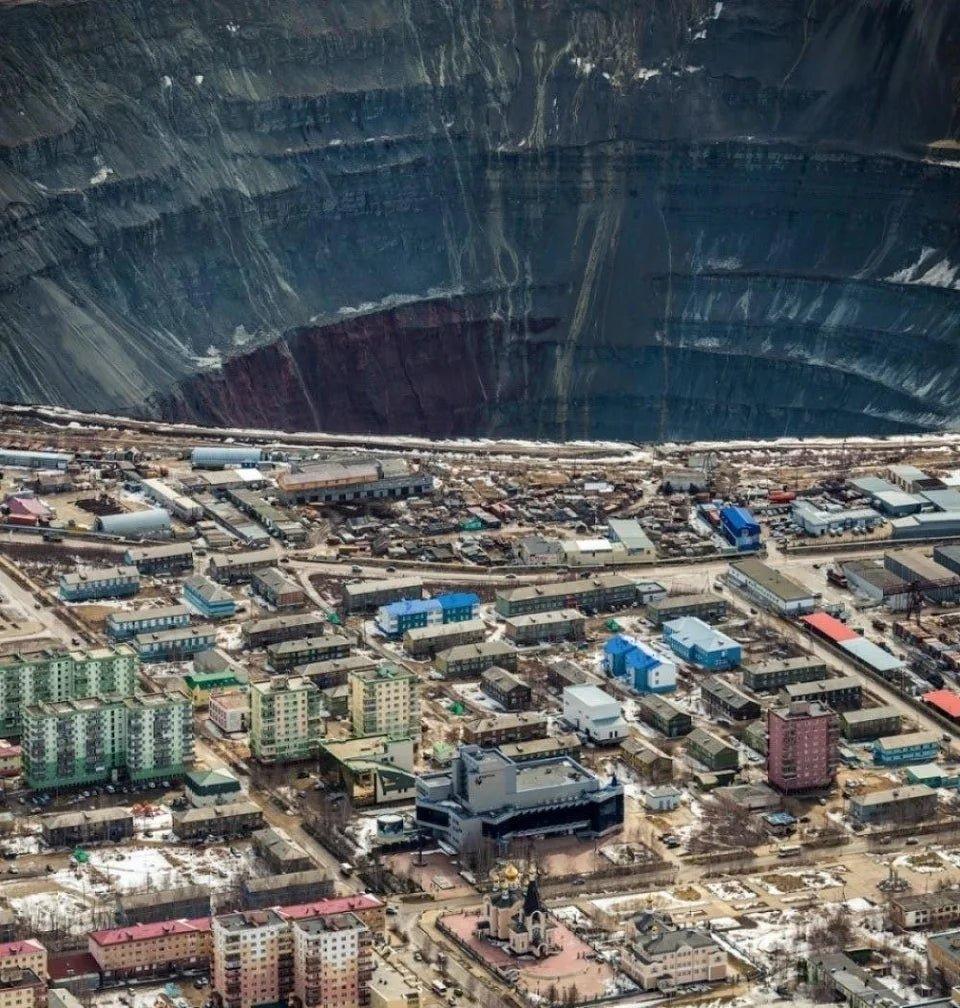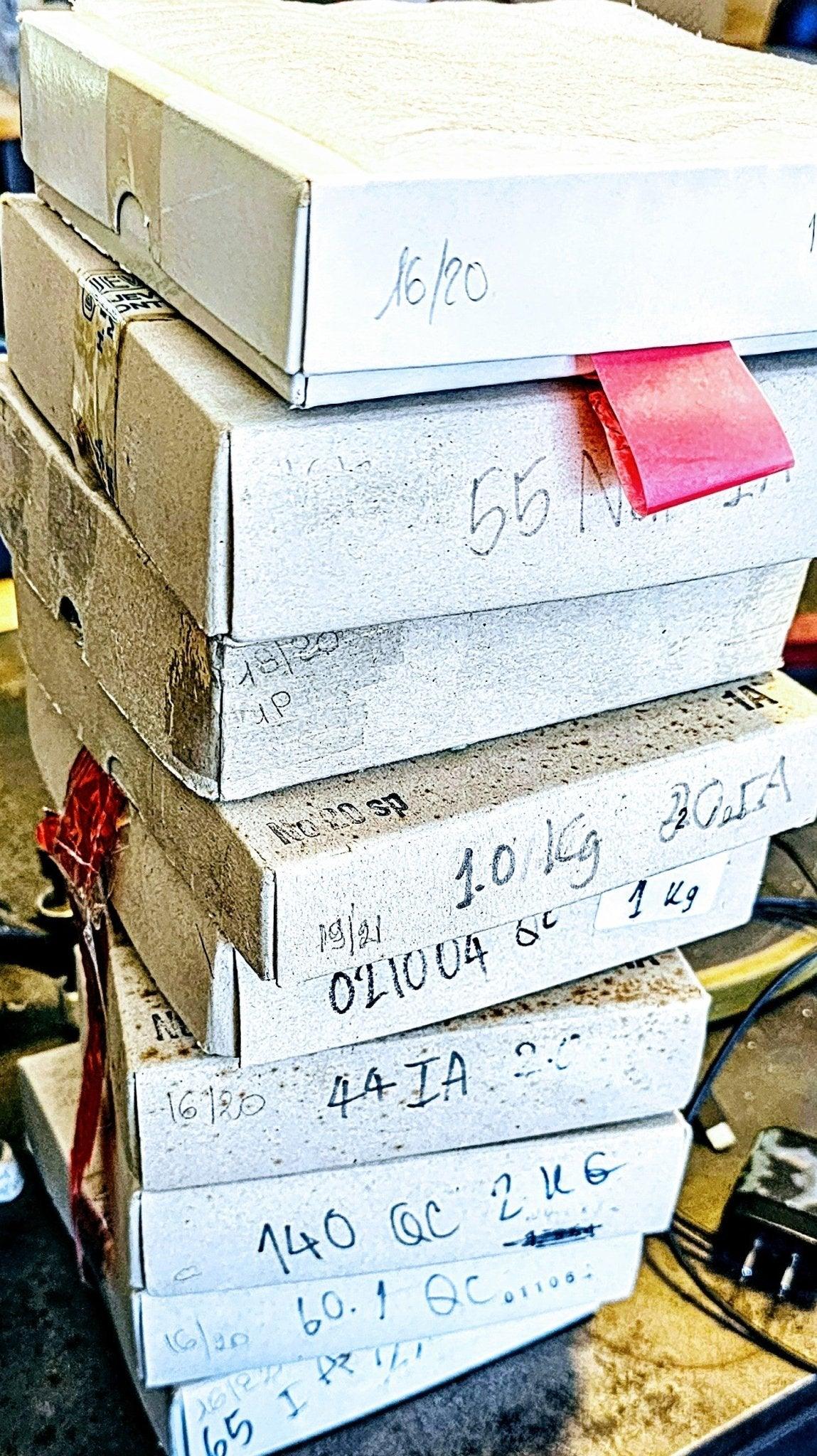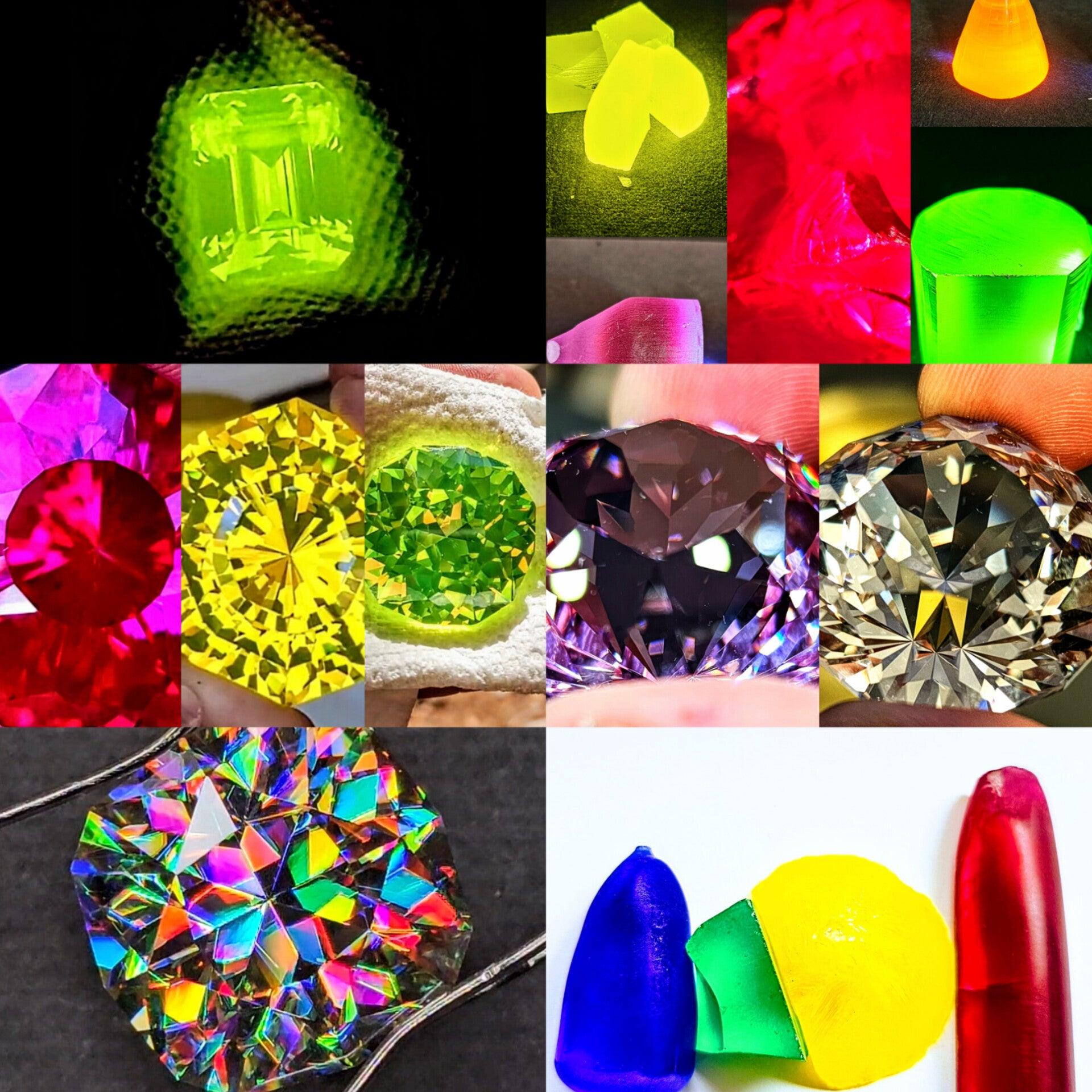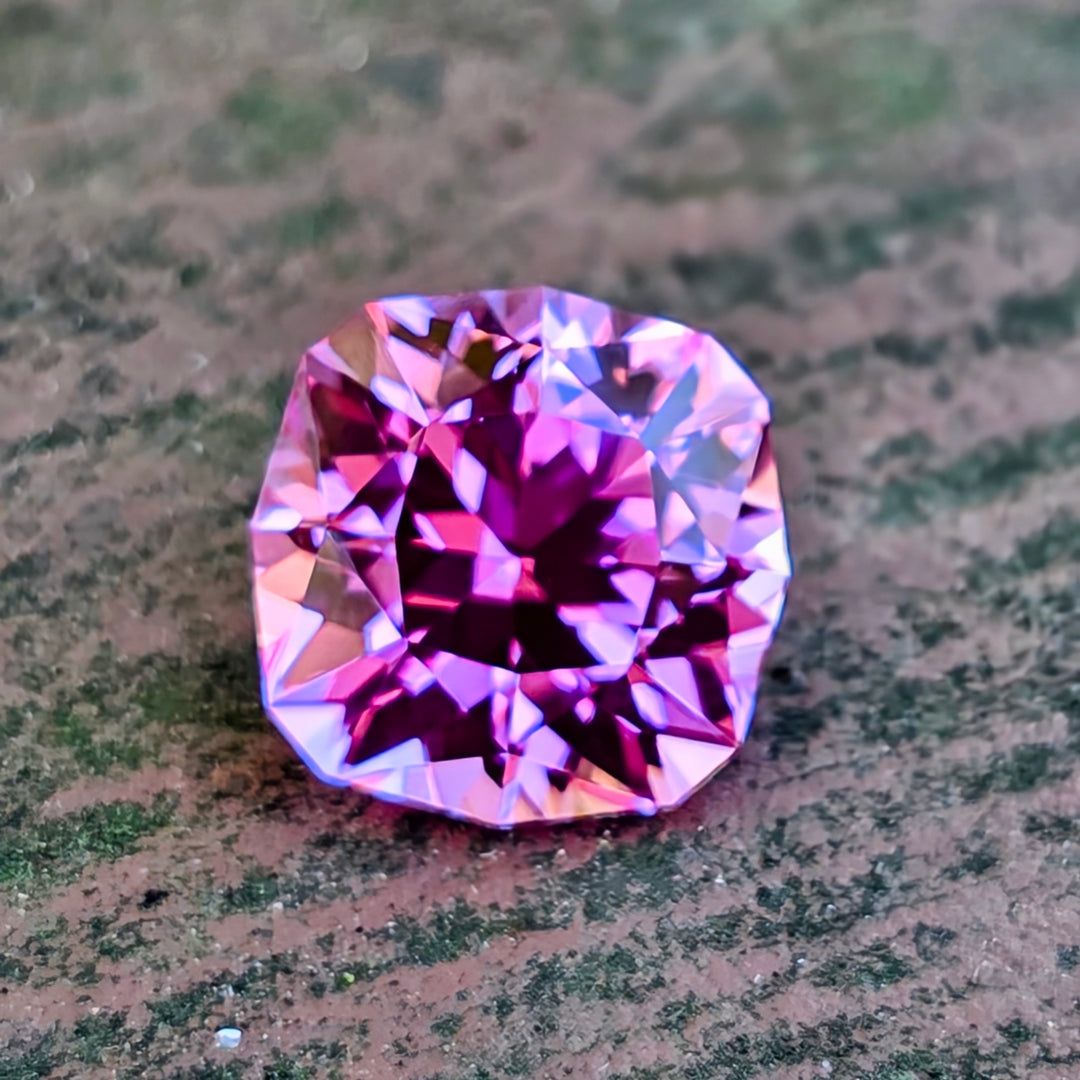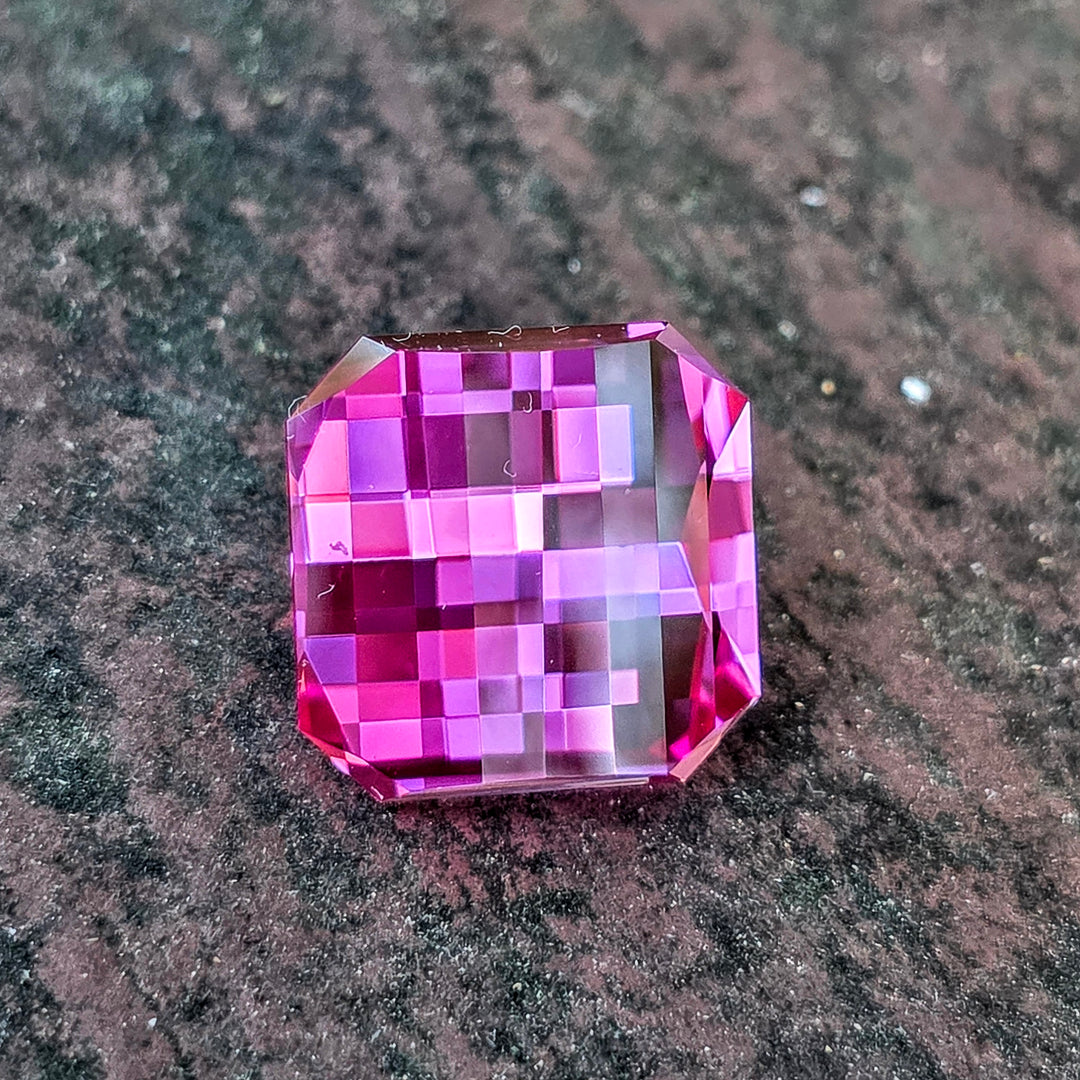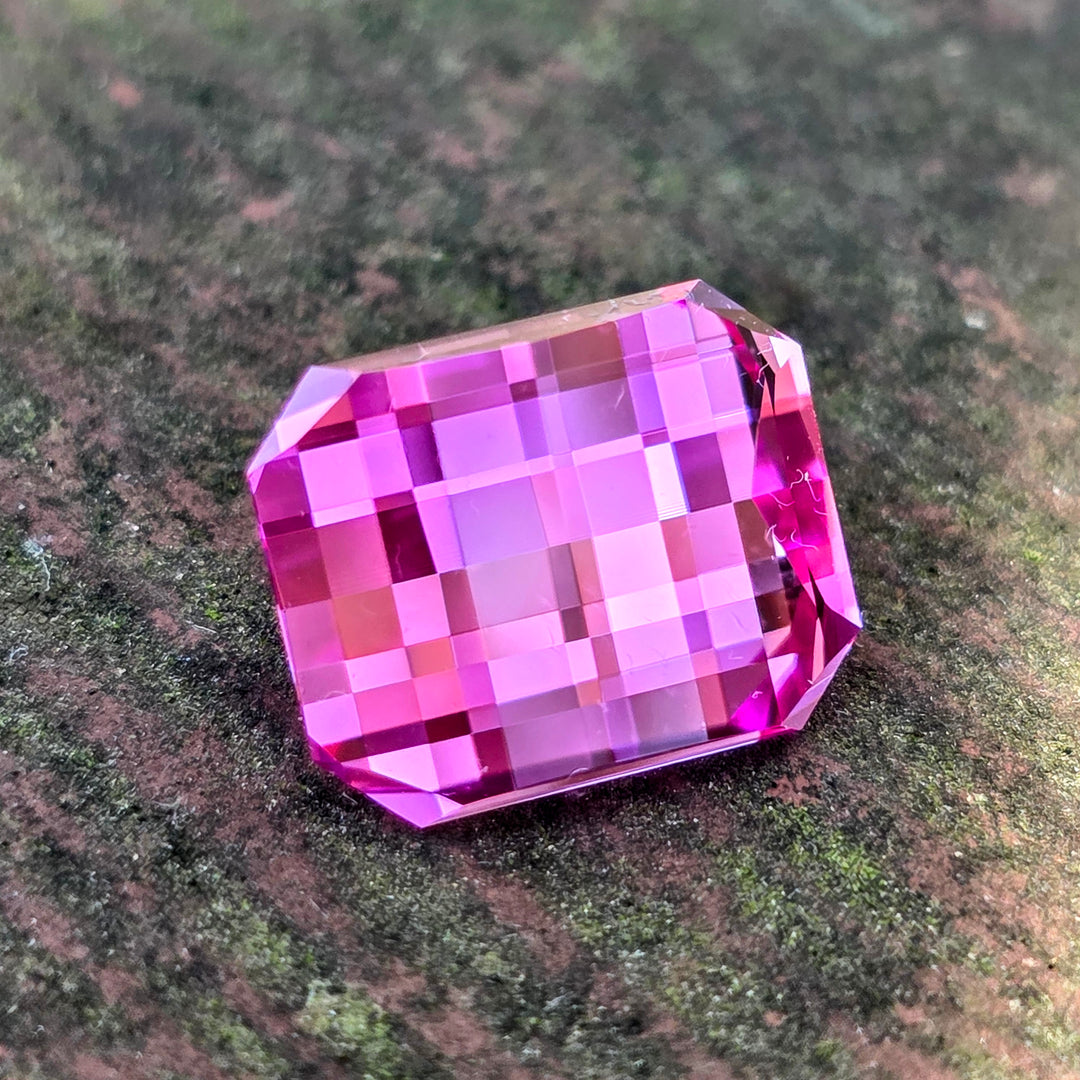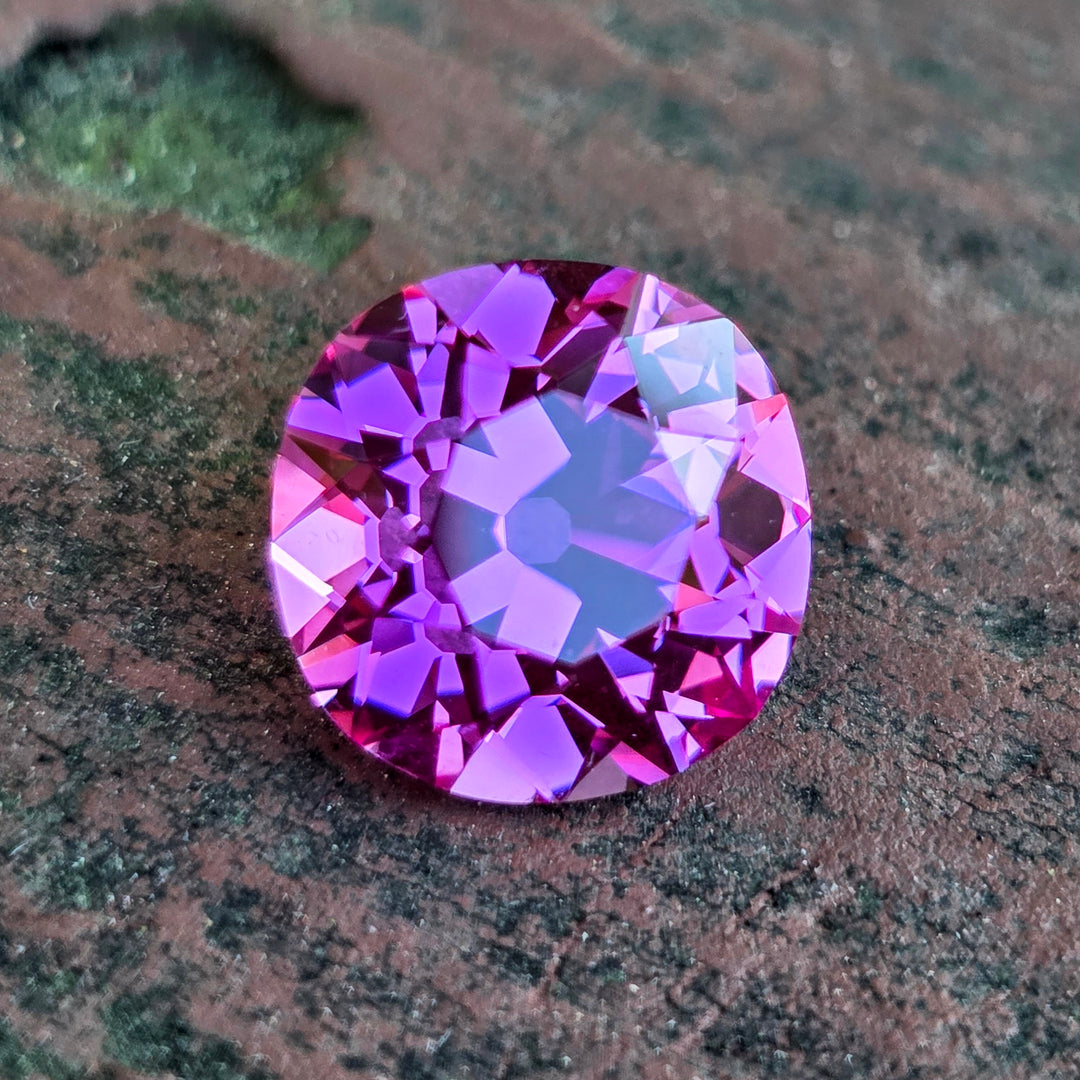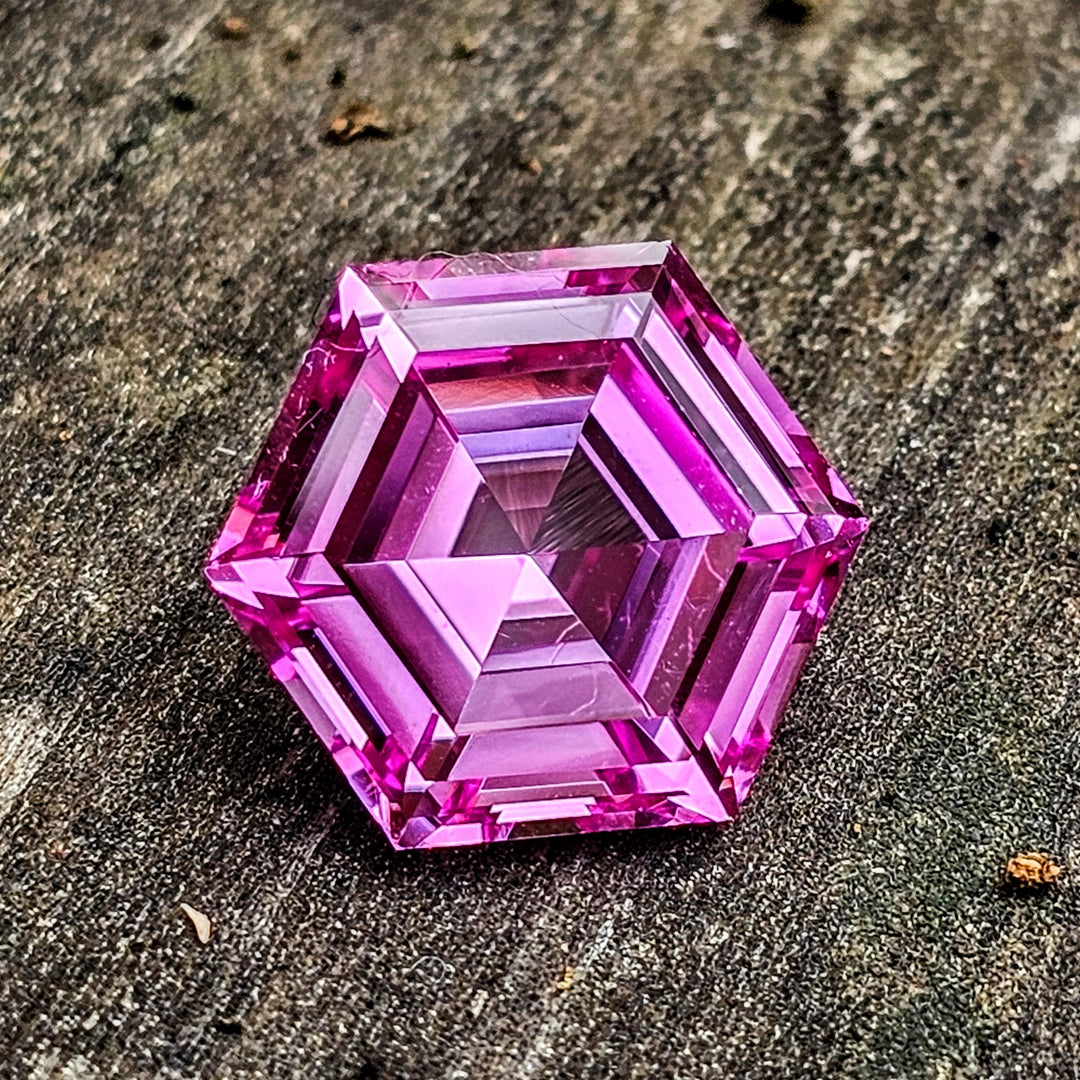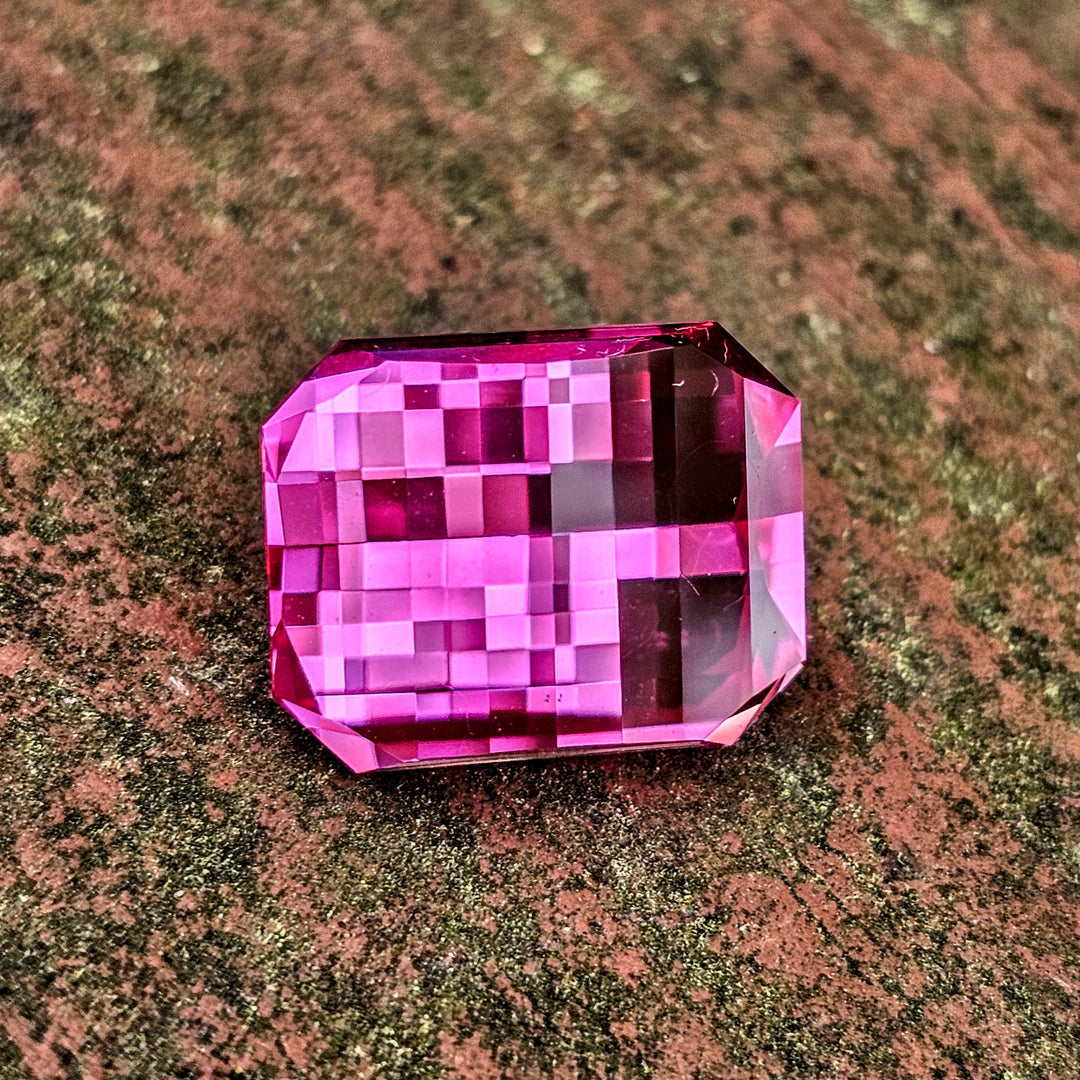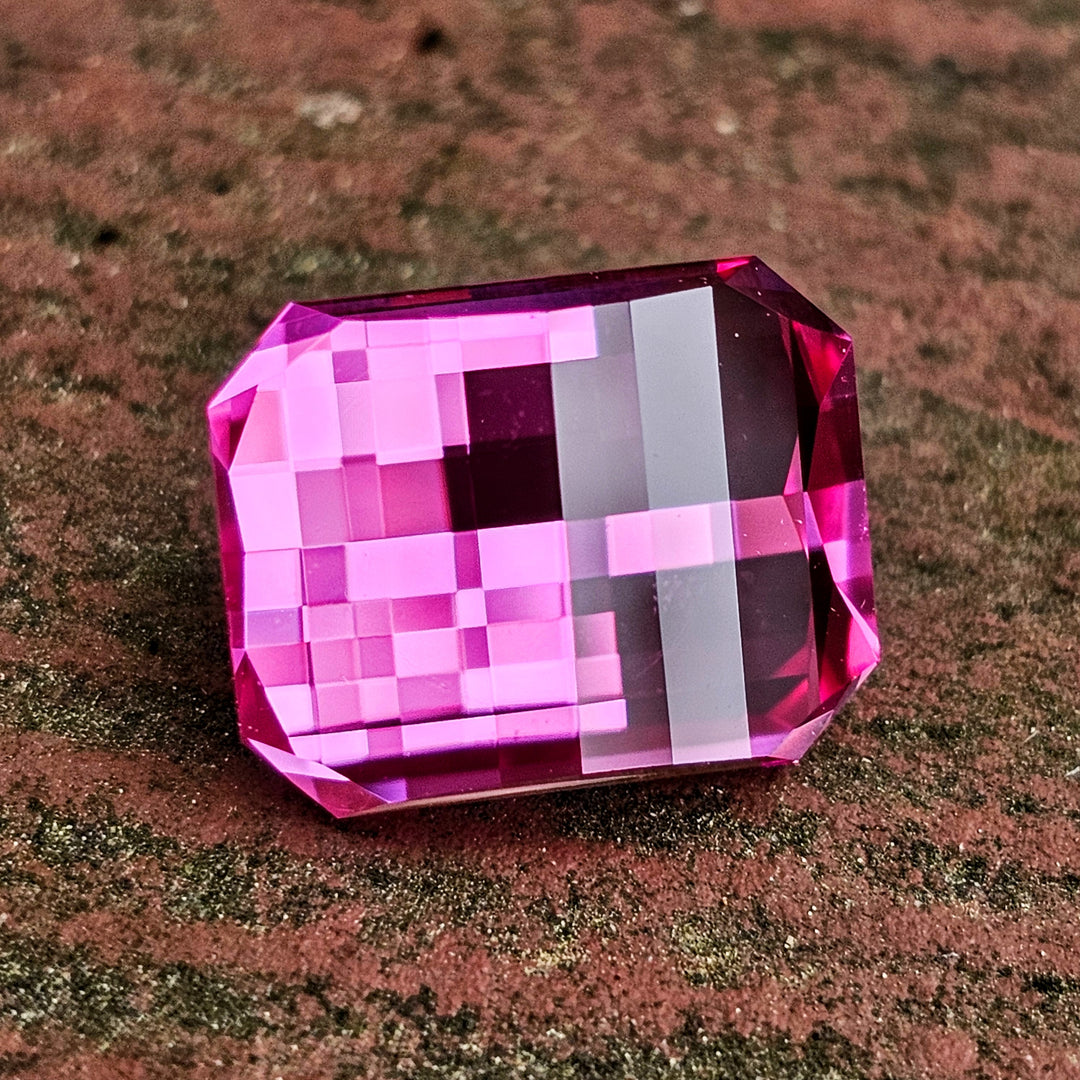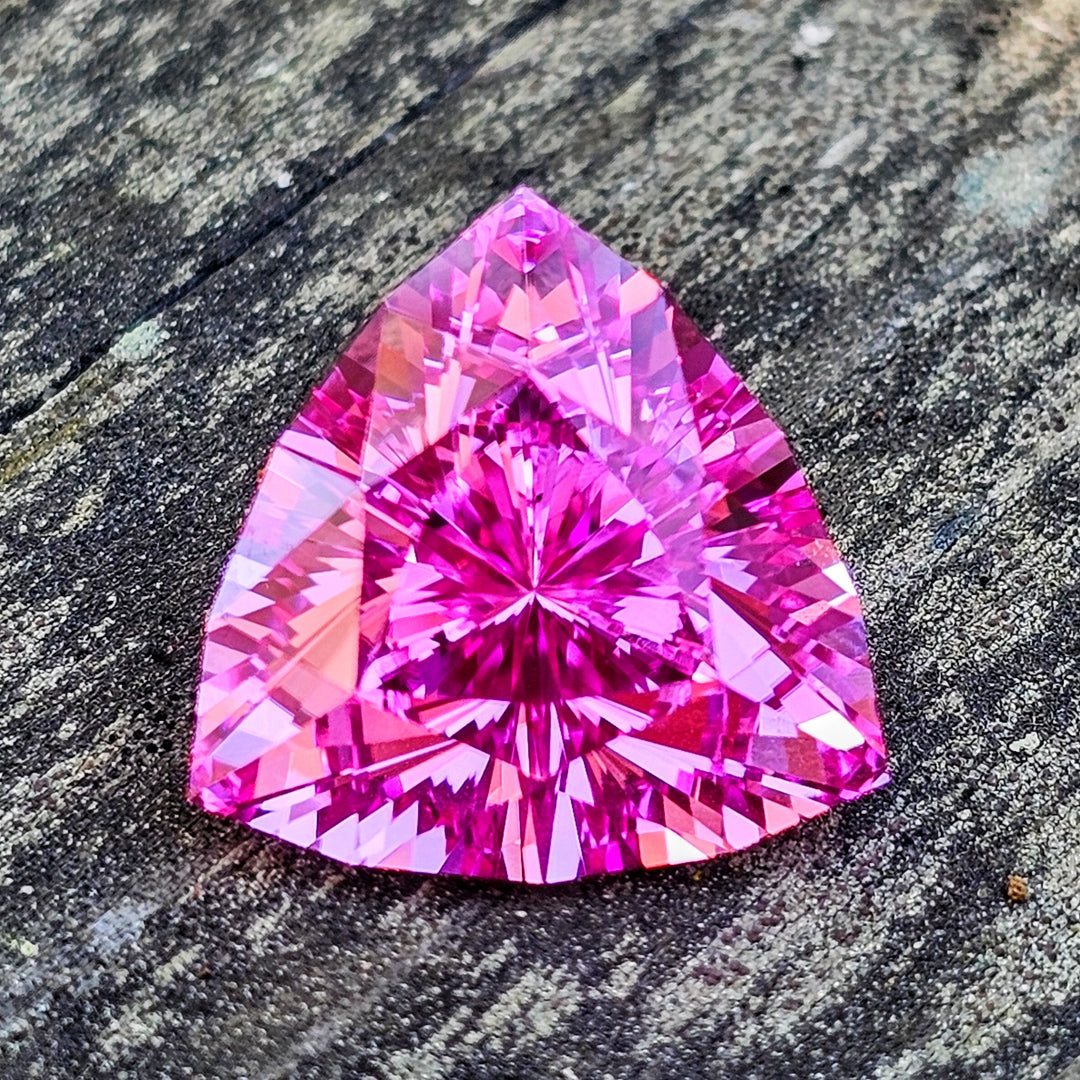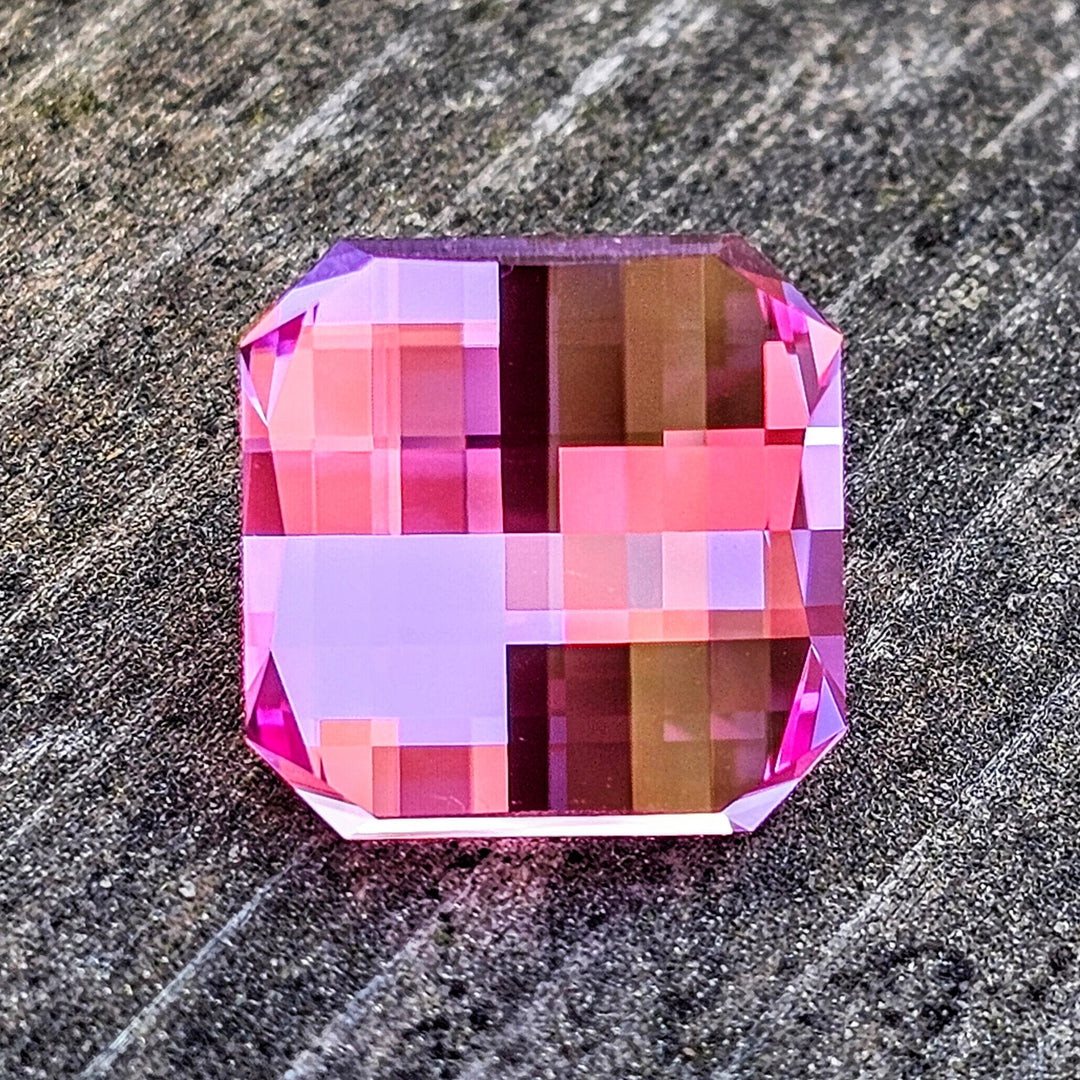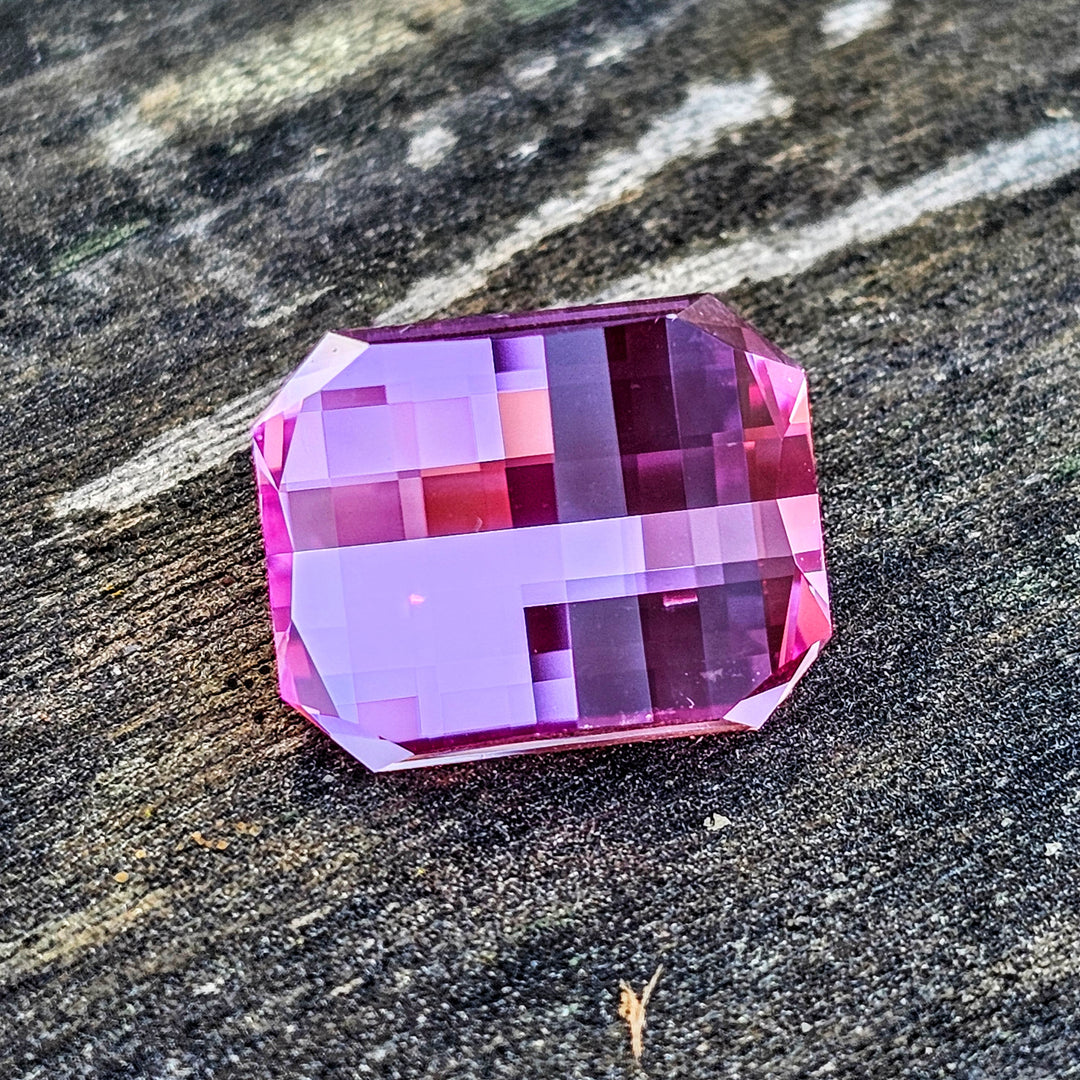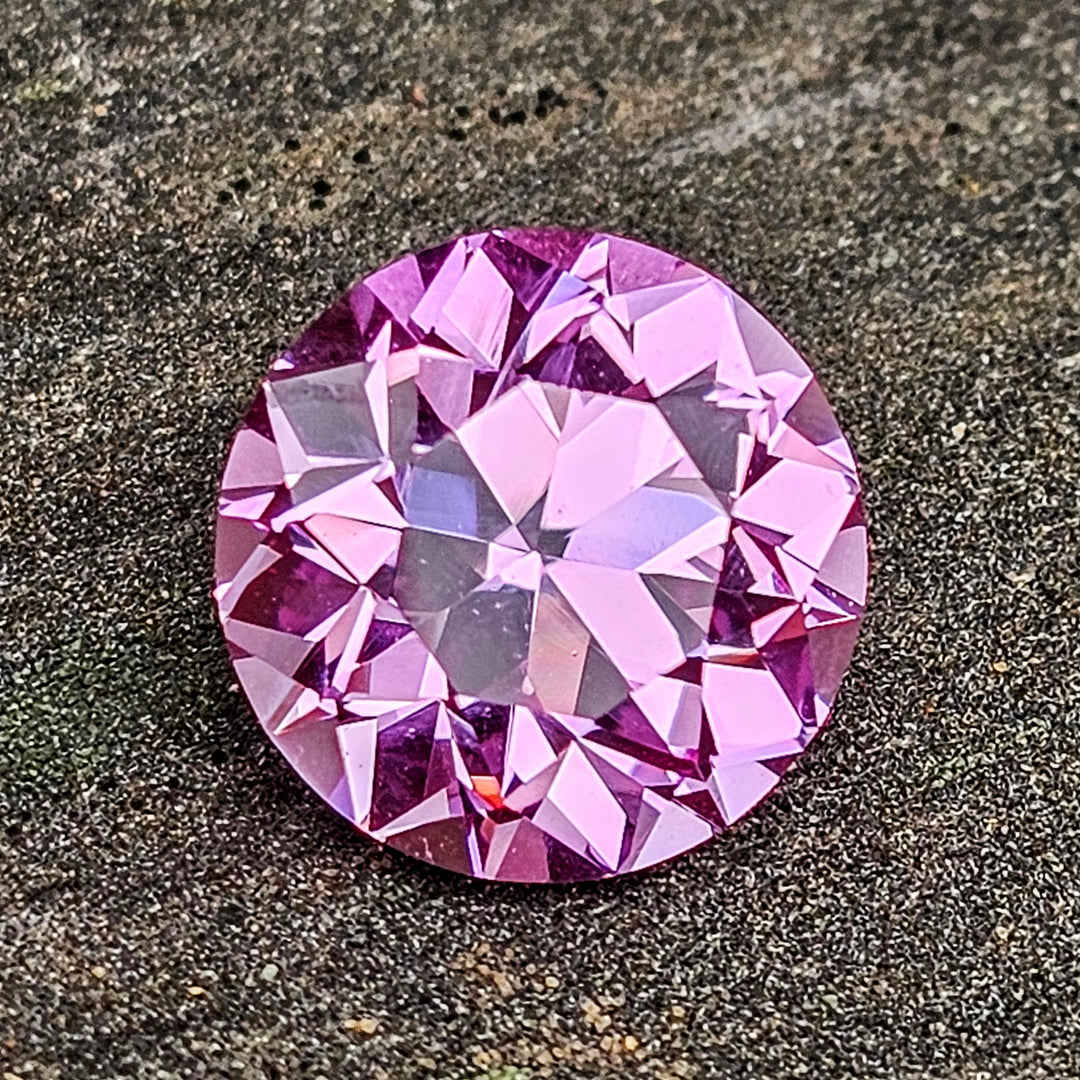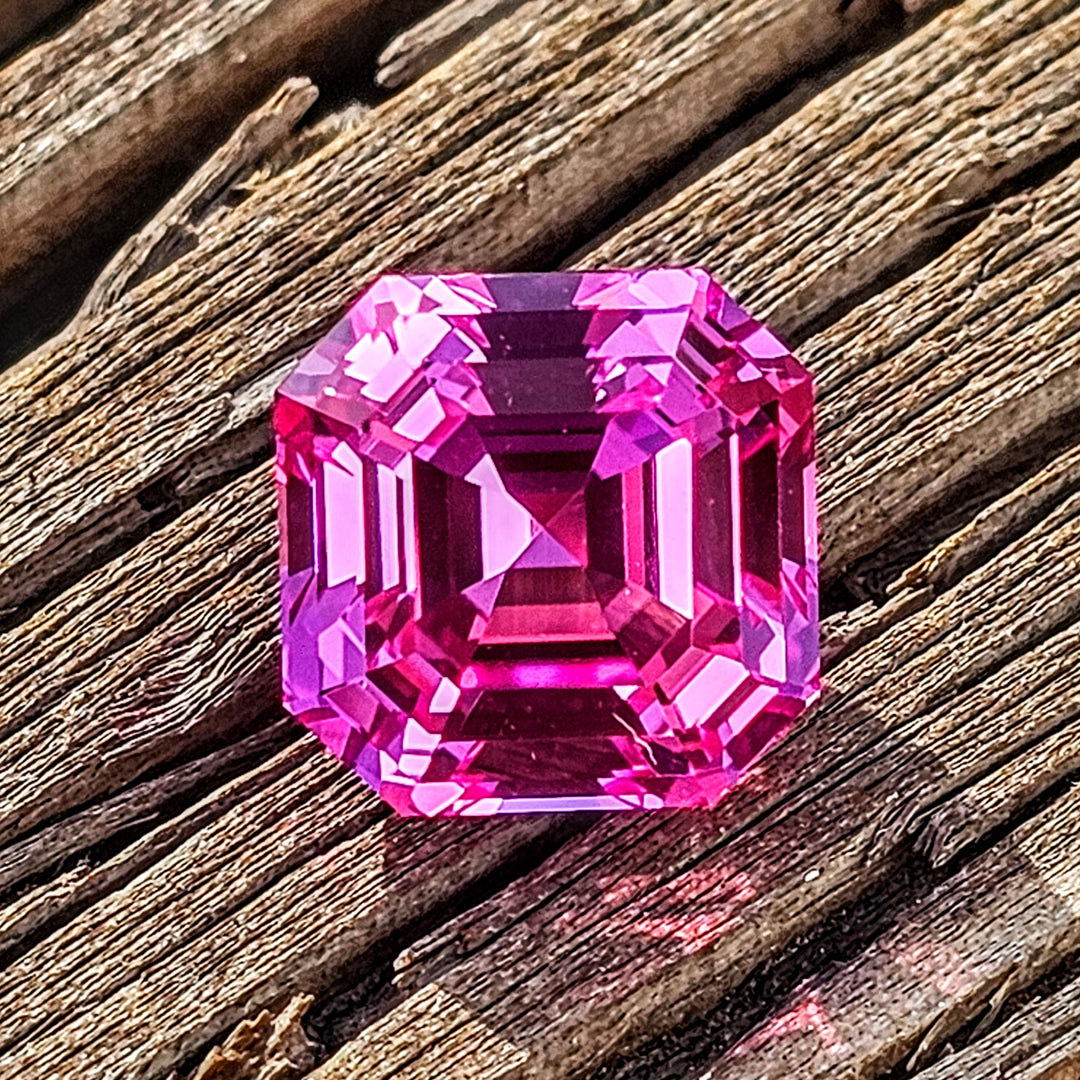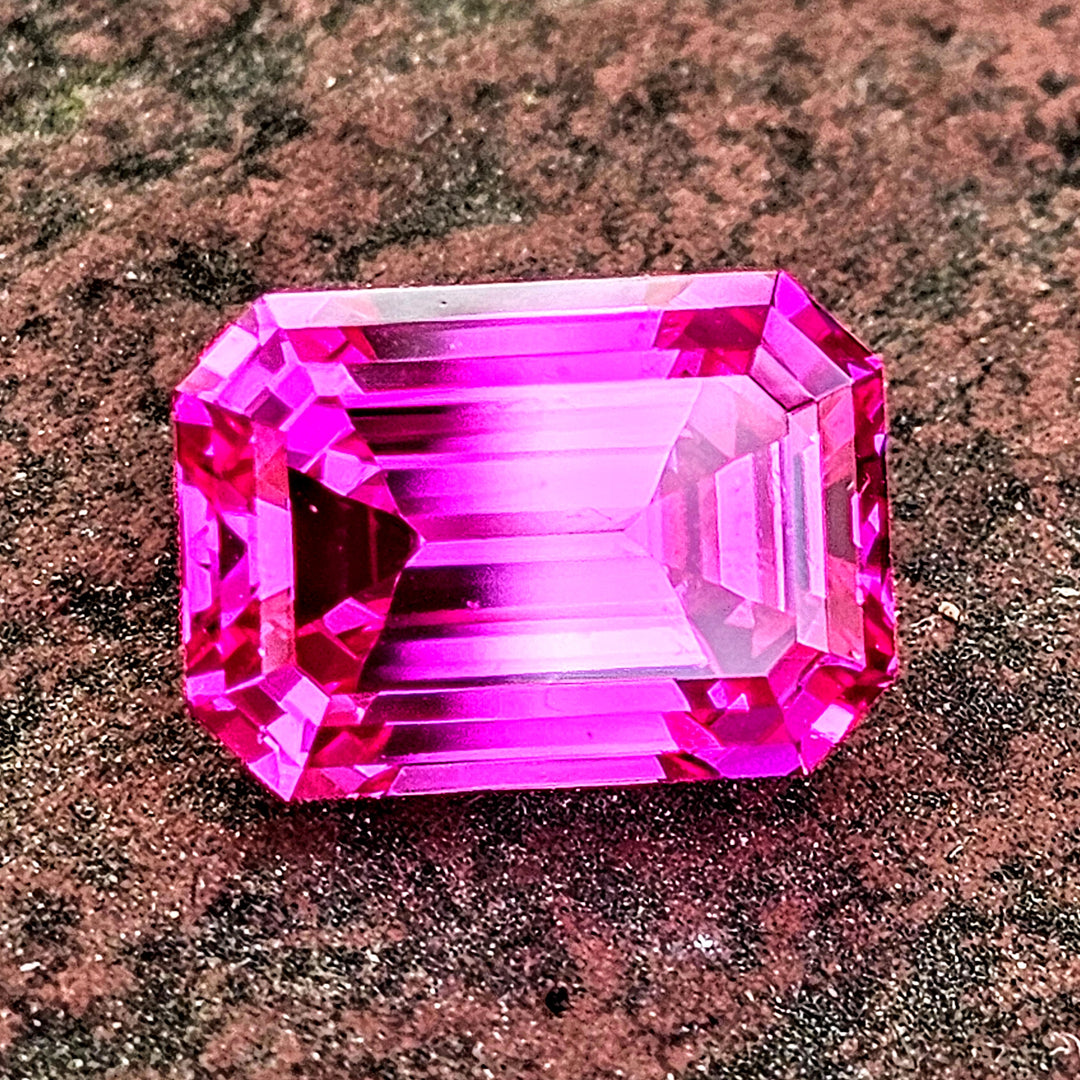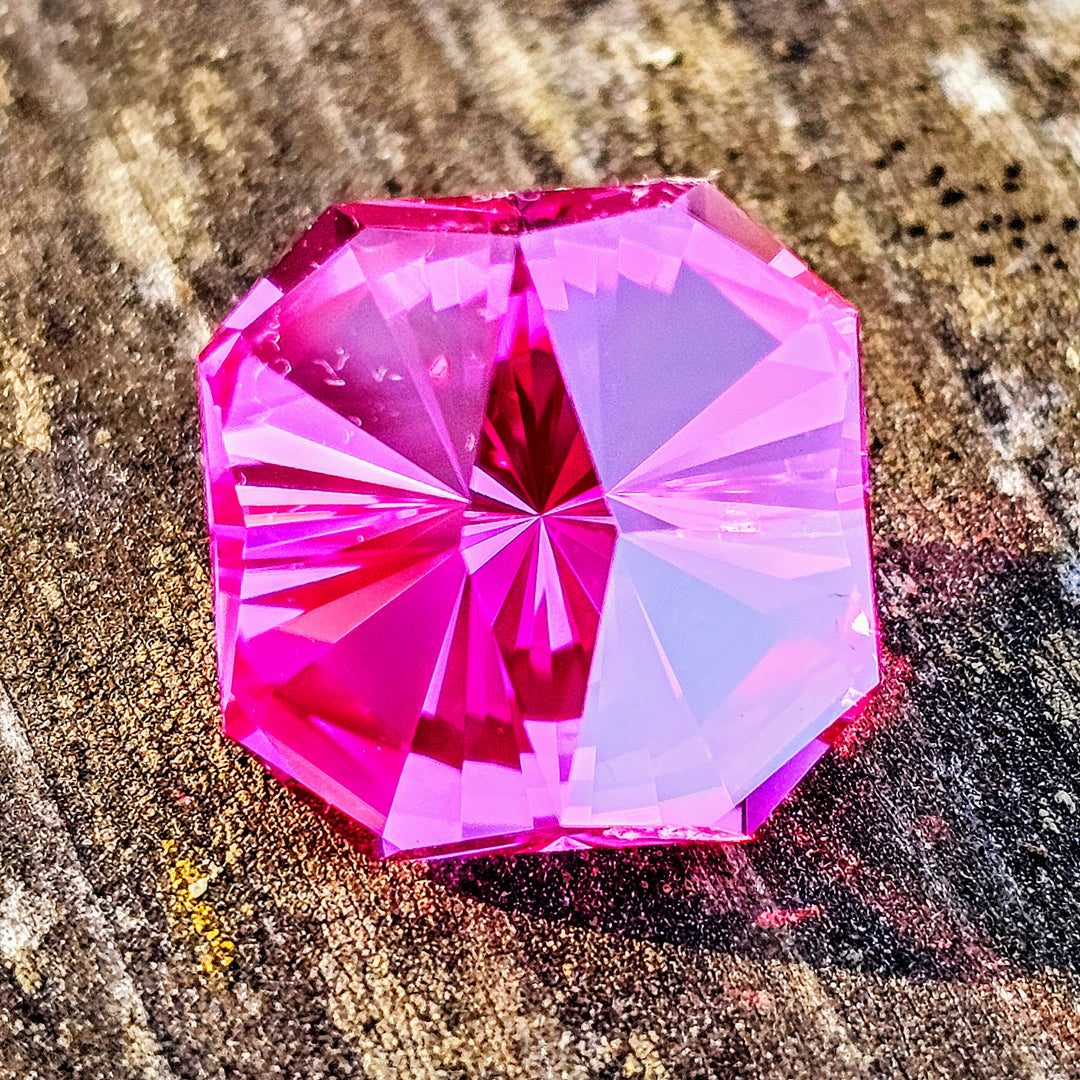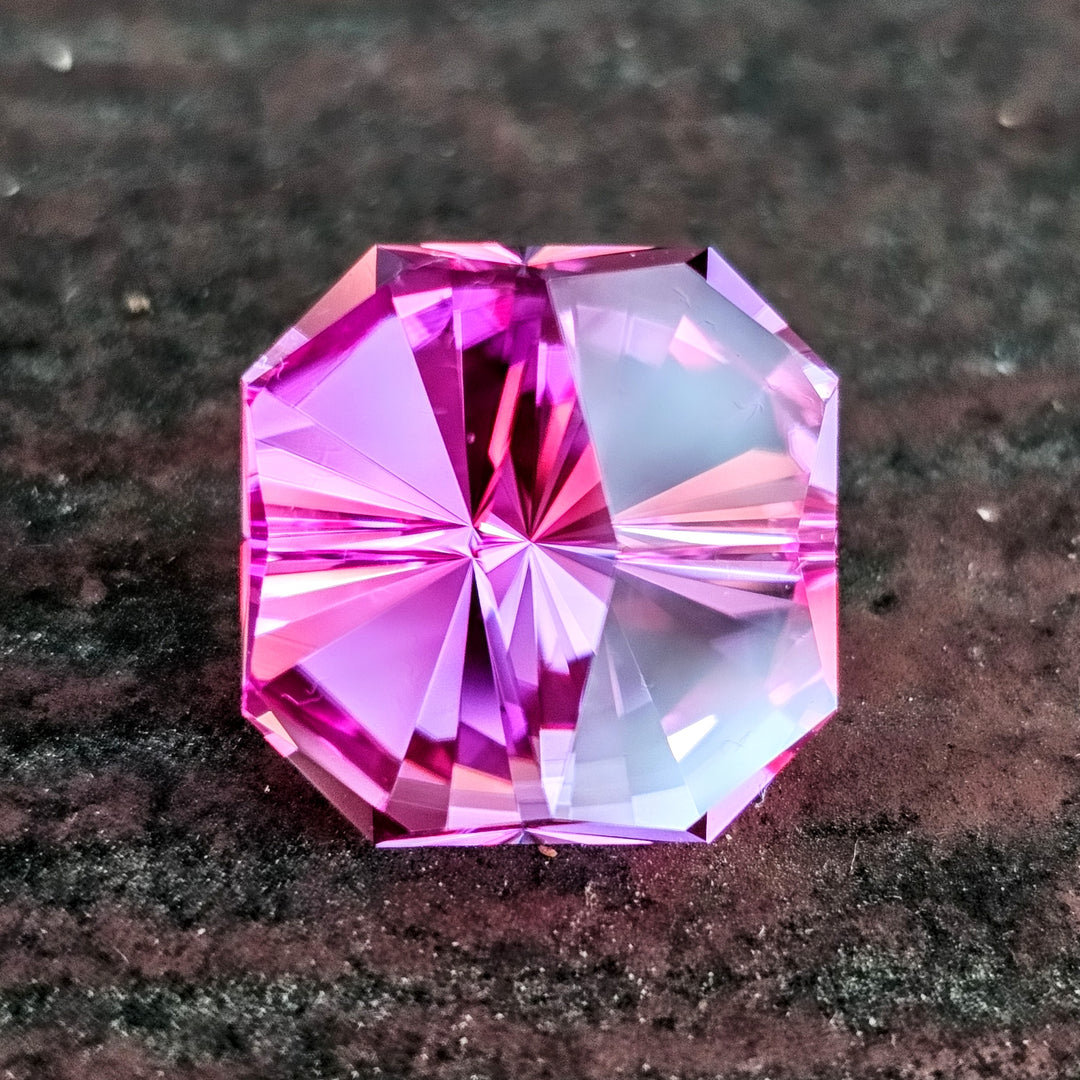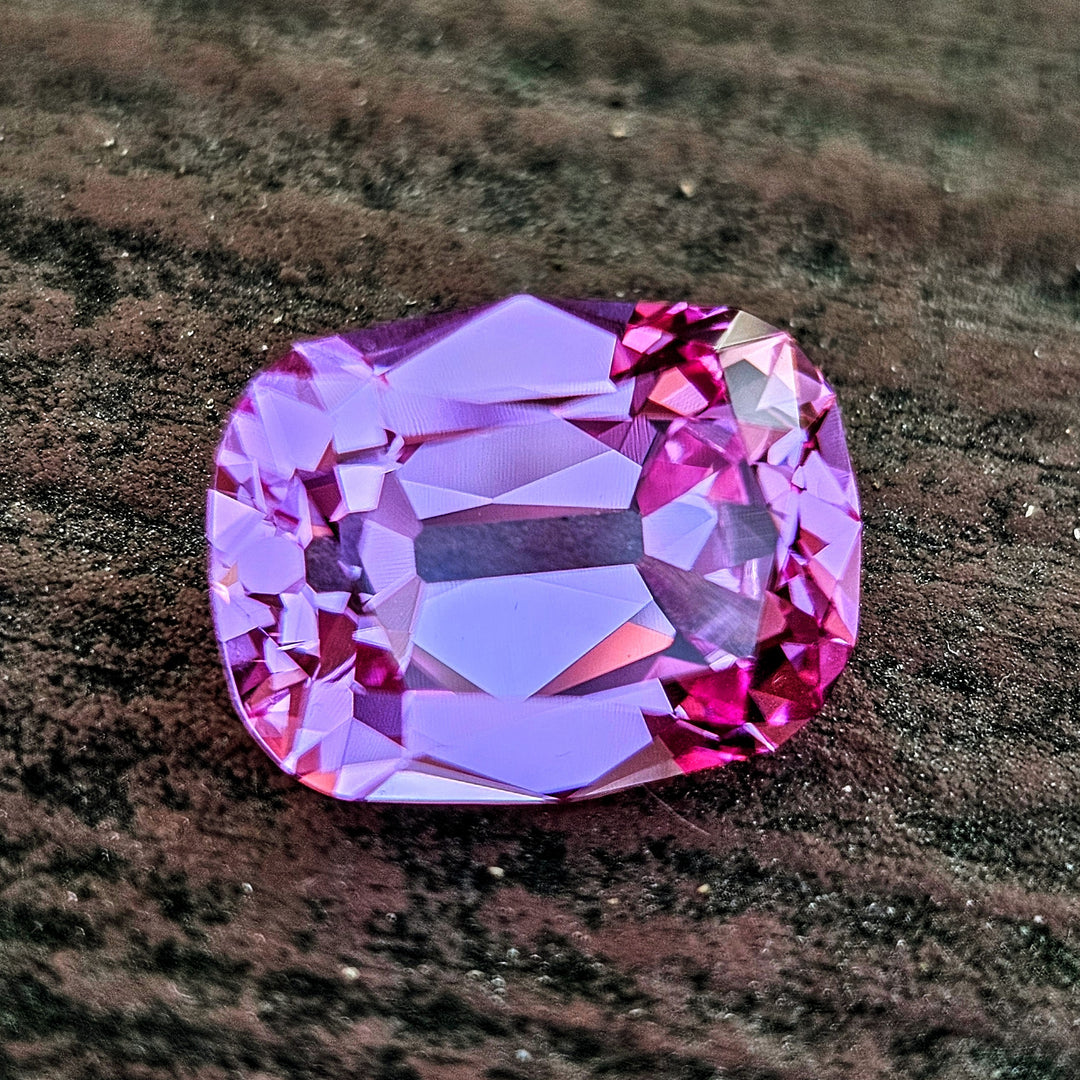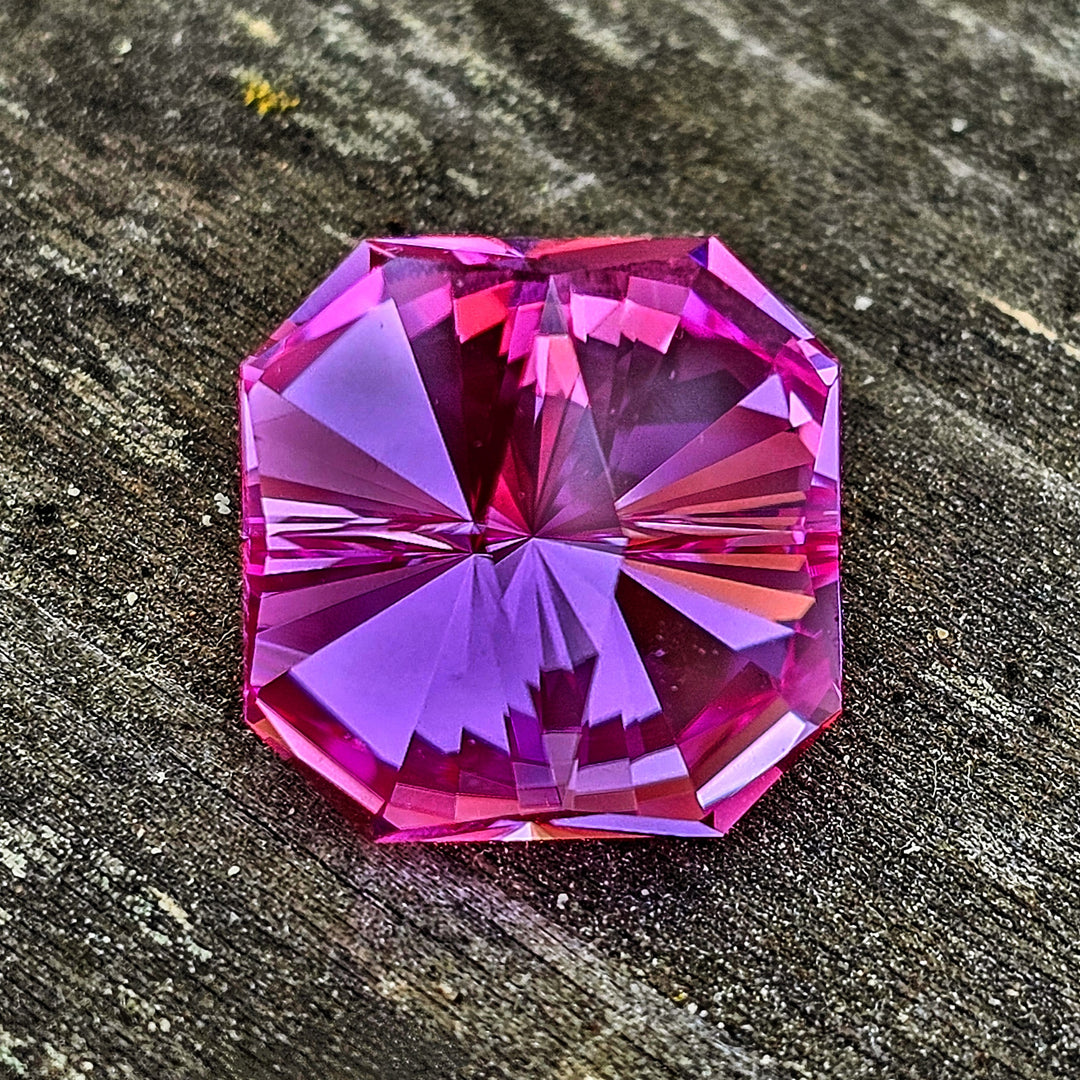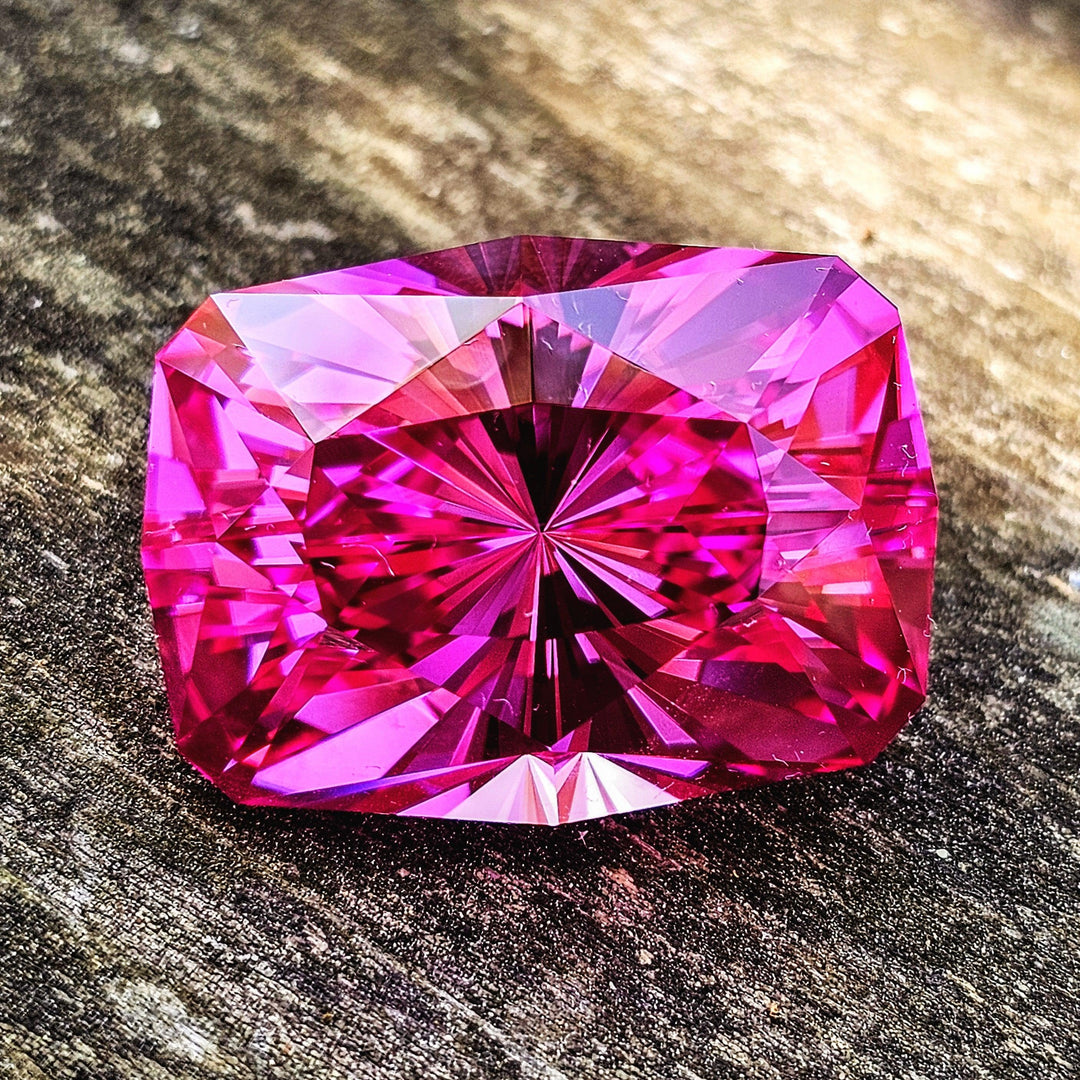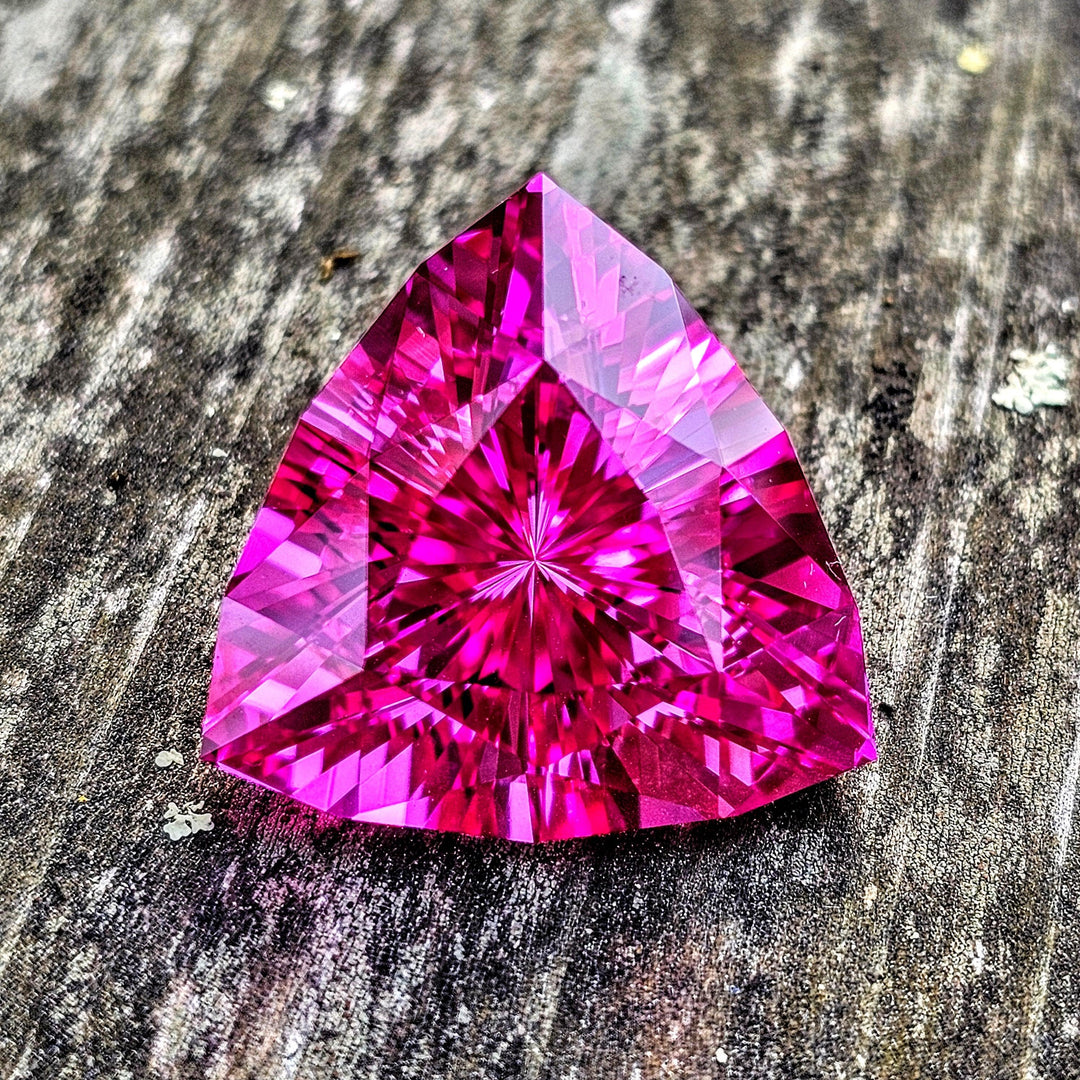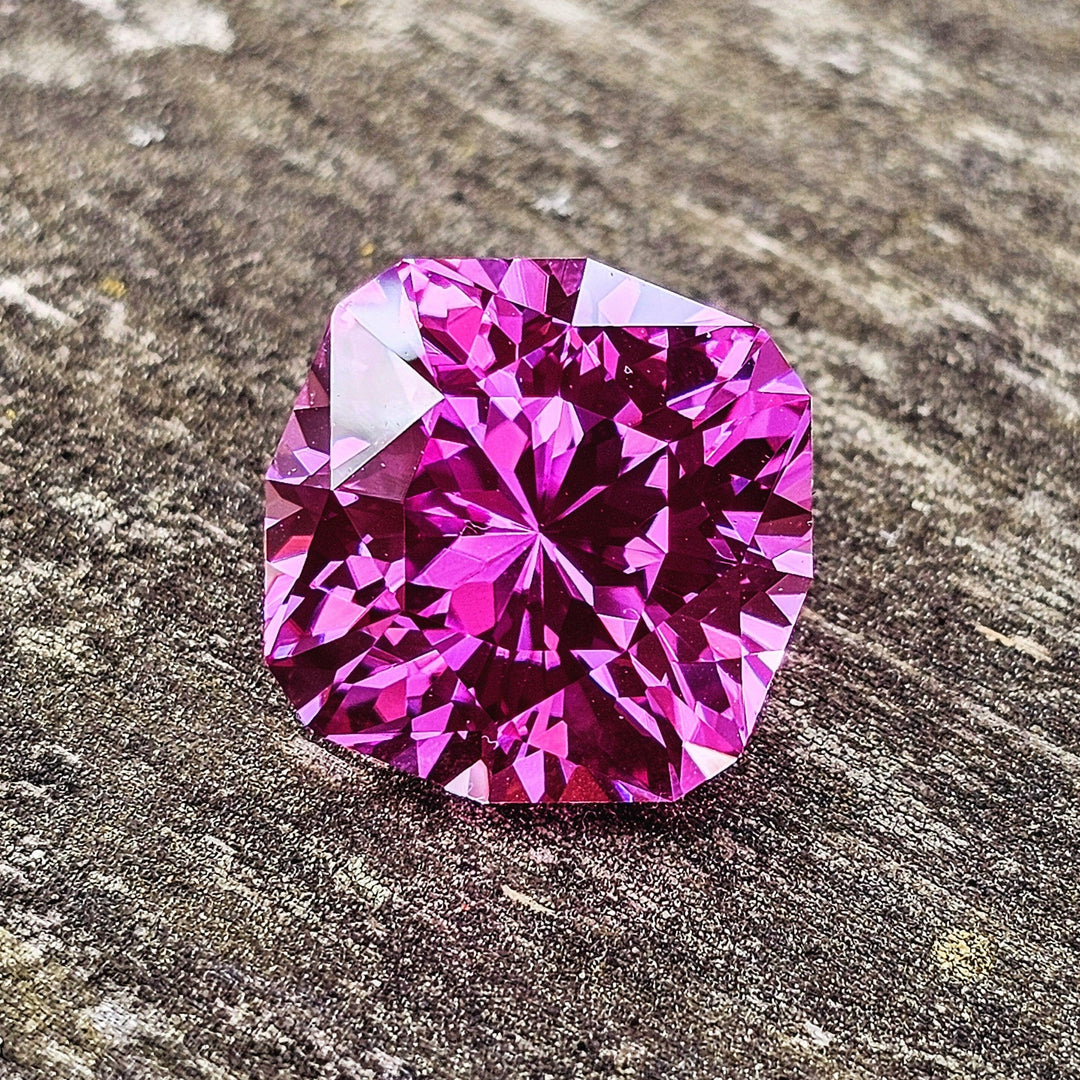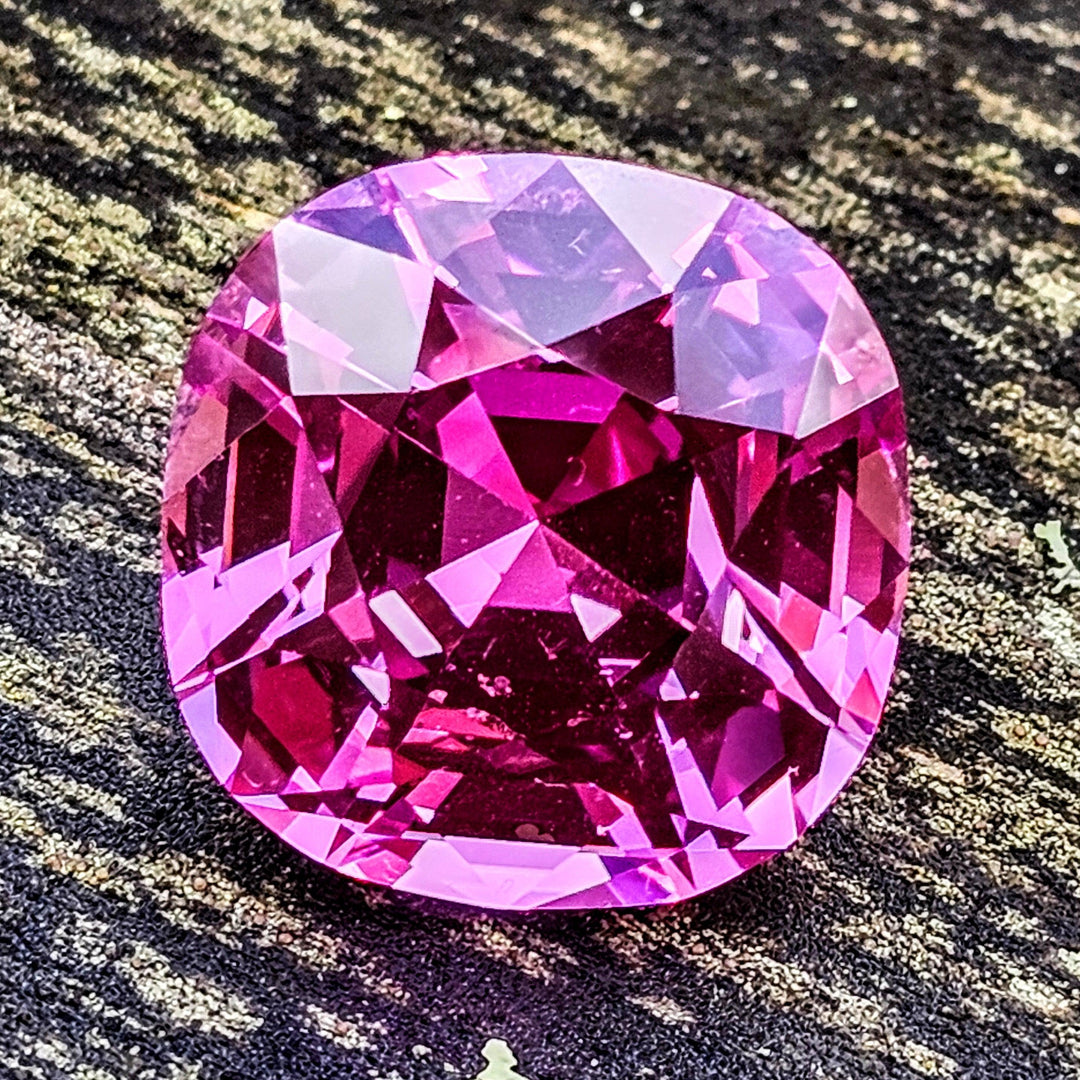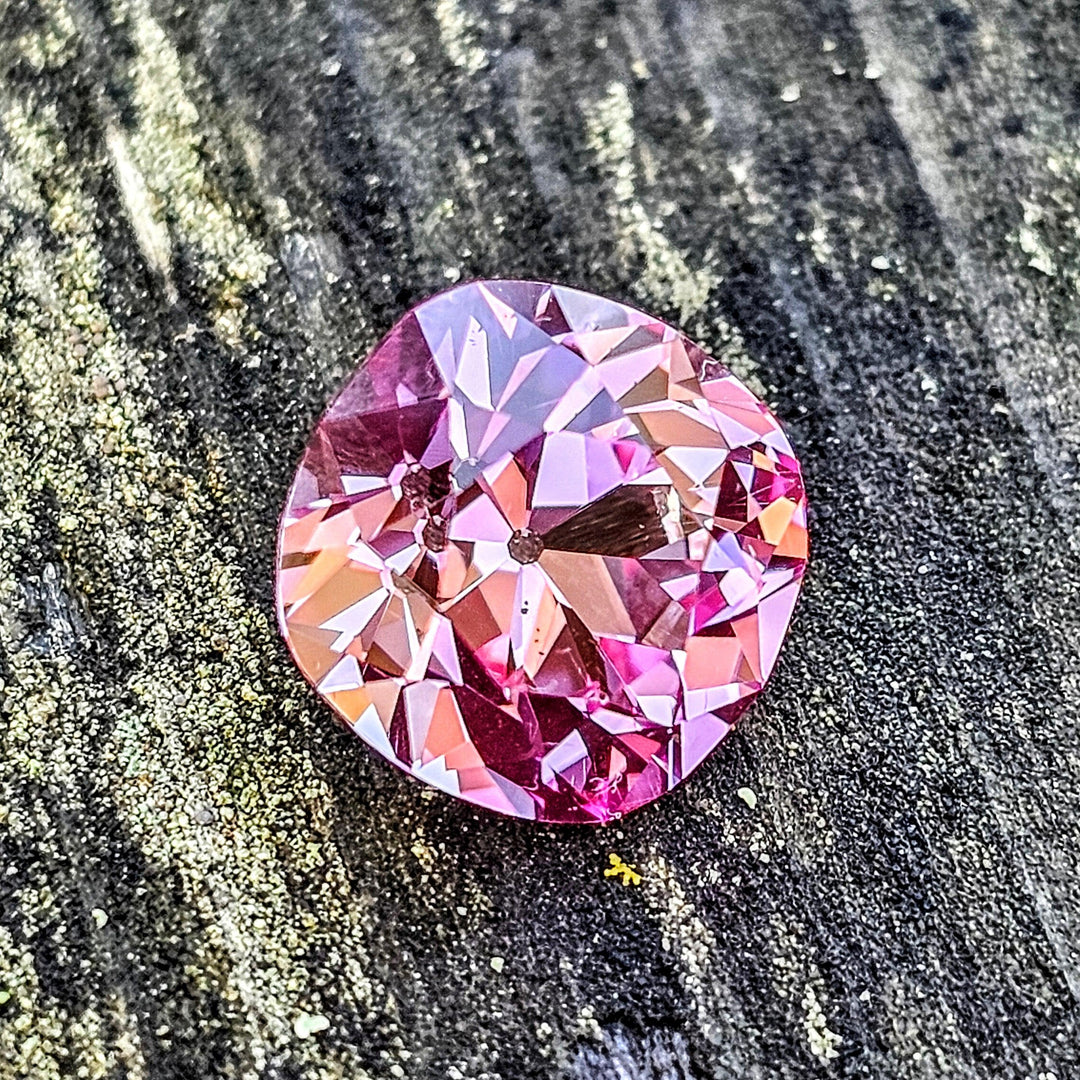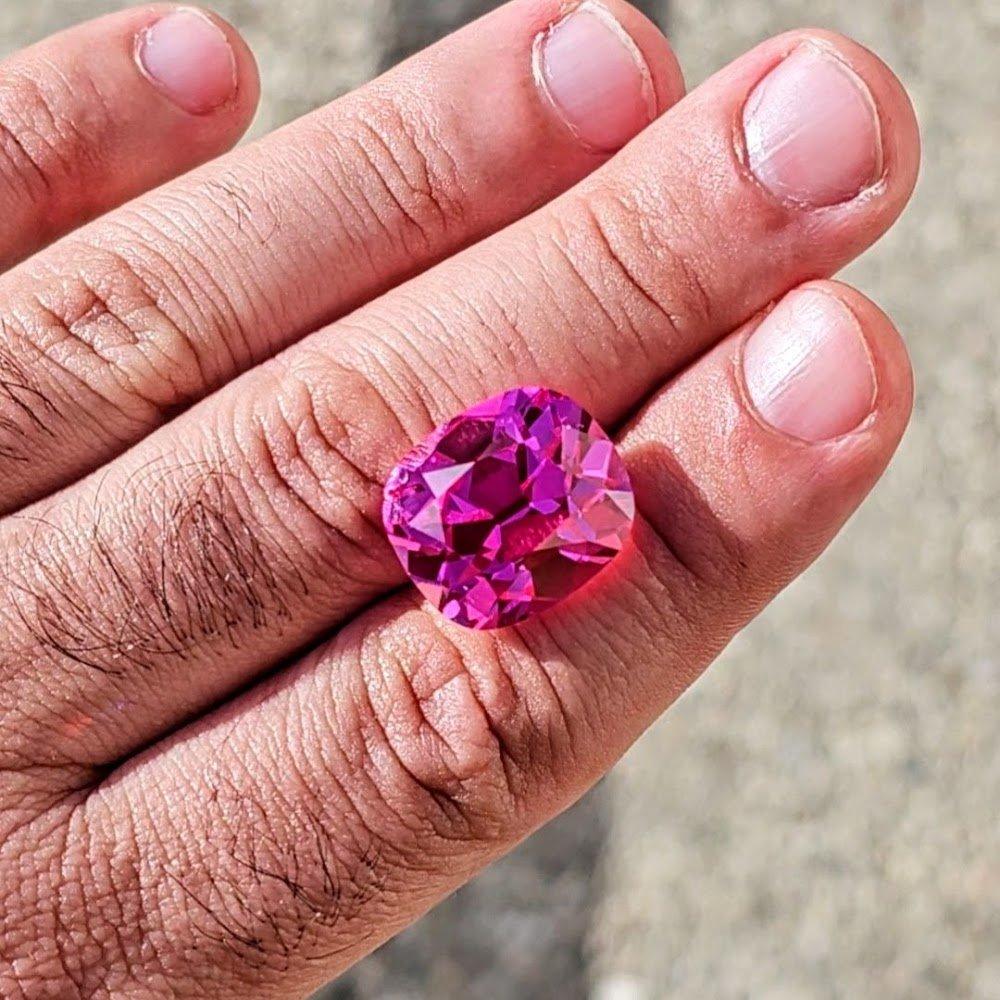During the 1980s, as part of its Strategic Defense Initiative, famously dubbed the "Star Wars Program," the United States government embarked on an ambitious project aimed at bolstering its defense capabilities against missile threats. To achieve part of this grand vision, it contracted Union Carbide, a prominent company at the time, for the production of large Czochralski laser ruby crystals. These crystals were integral to the initiative's technological advancements, serving as a cornerstone for the development of high-precision laser systems intended for missile defense. The collaboration between the government and Union Carbide exemplified the era's push towards integrating cutting-edge technology into national defense strategies.
Following the dissolution of the Soviet Union, the geopolitical landscape shifted dramatically, leading to a reduction in the perceived immediate threat and consequently, the need for such specialized materials. This shift resulted in a surplus of these large ruby crystals, which were then made available to the public through auctions. Over the years, enthusiasts and collectors have occasionally stumbled upon collections of this gem rough, containing the very crystals once poised to play a part in global defense. These large crystals, when cut, yield exceptionally beautiful gems, a testament to their origin in a program that once symbolized the height of technological ambition and strategic defense planning. The transition of these materials from defense assets to coveted gemstones illustrates a unique passage in the legacy of the Cold War era's technological endeavors.

